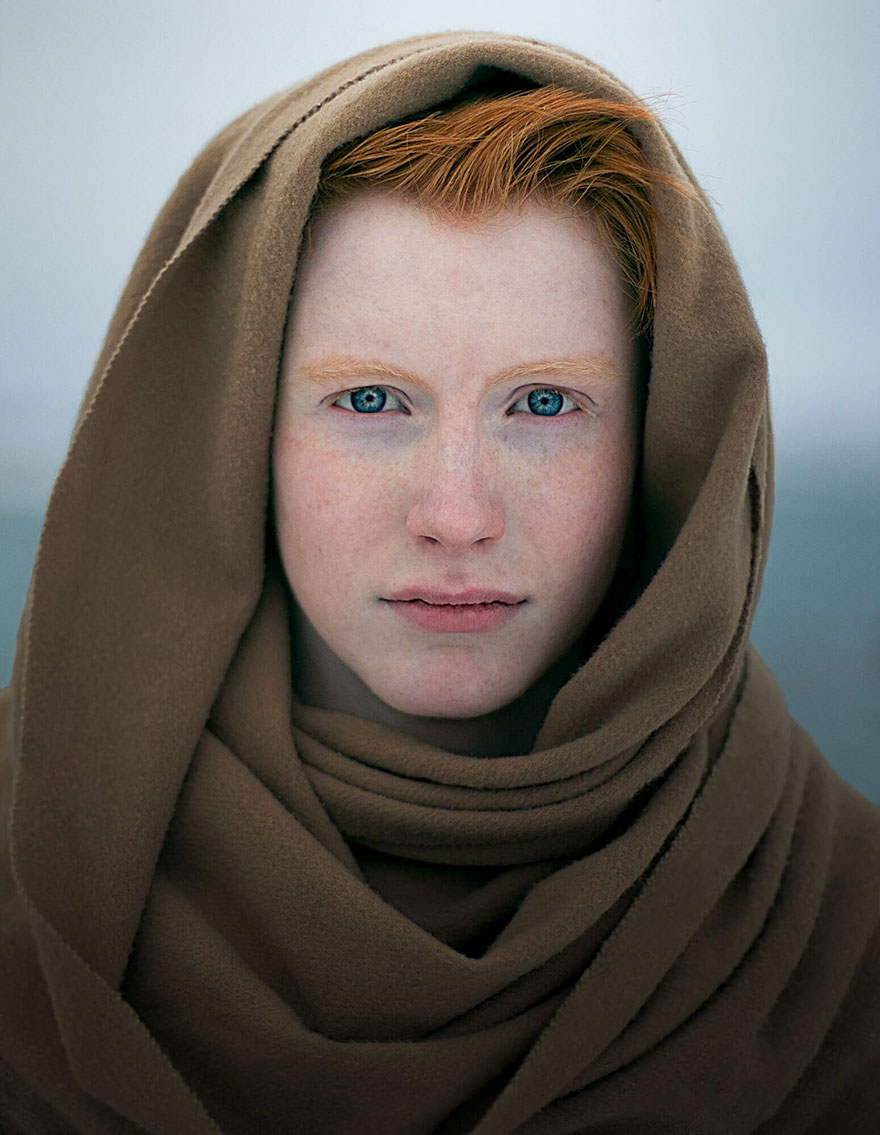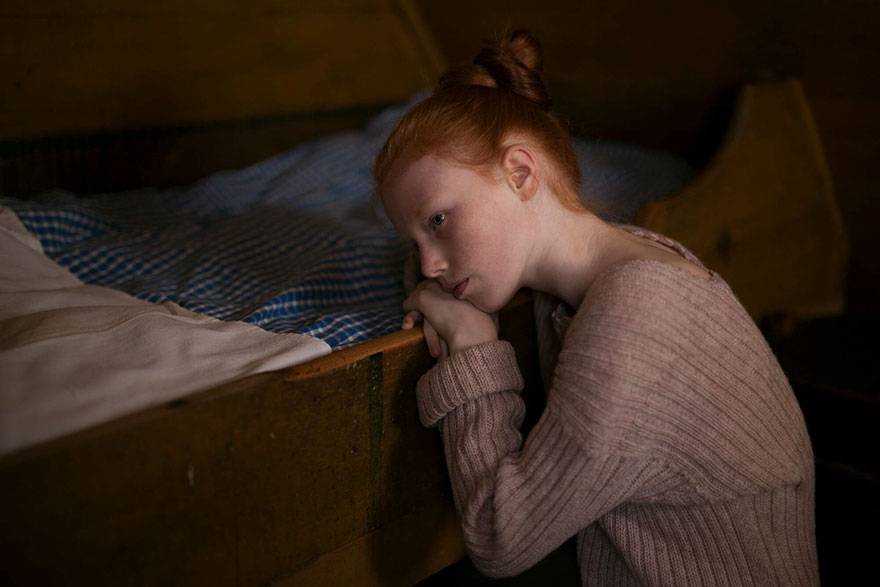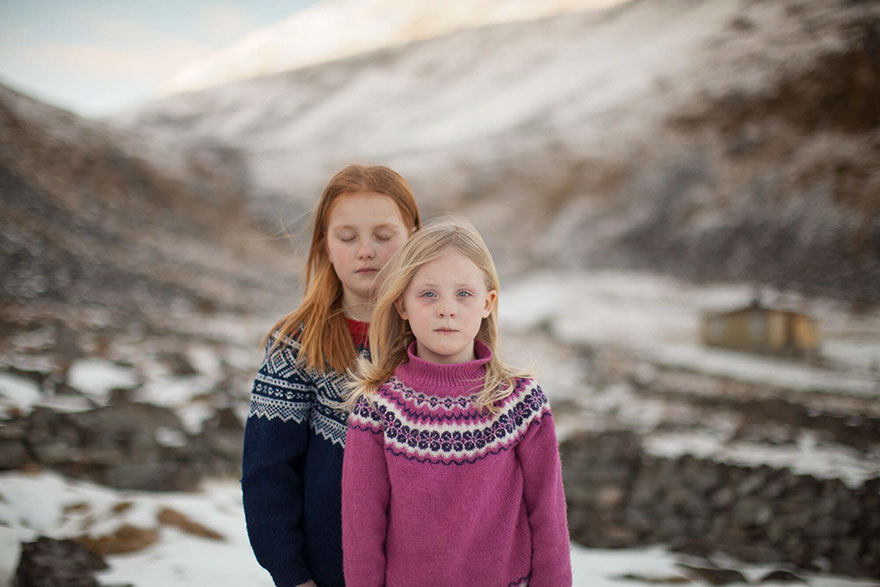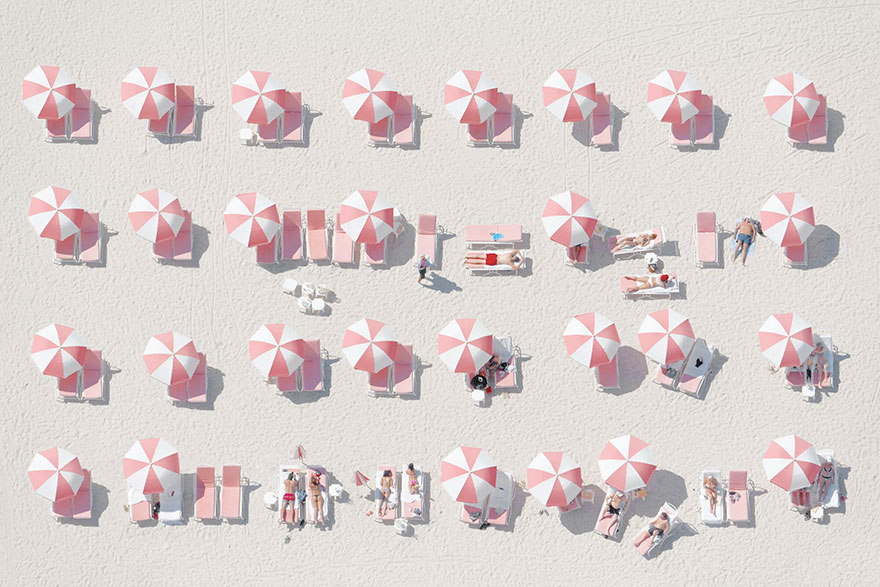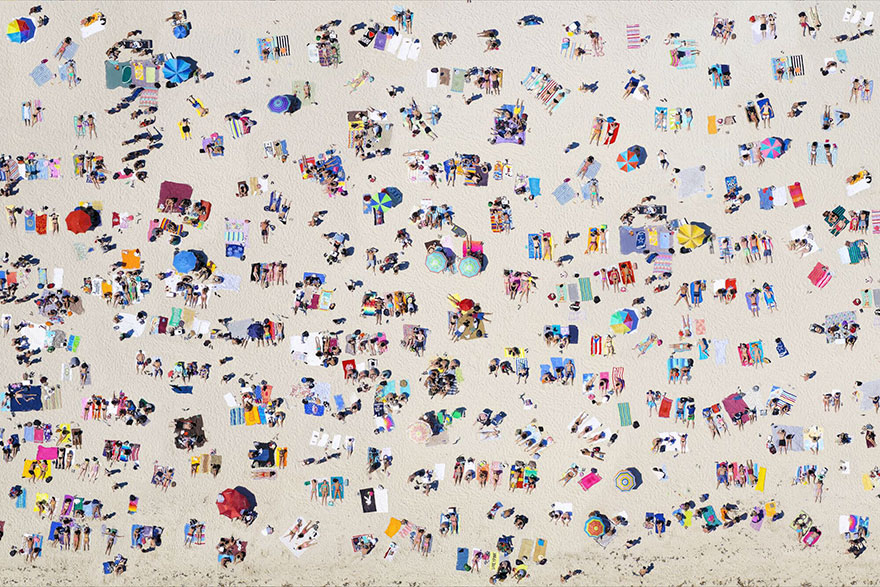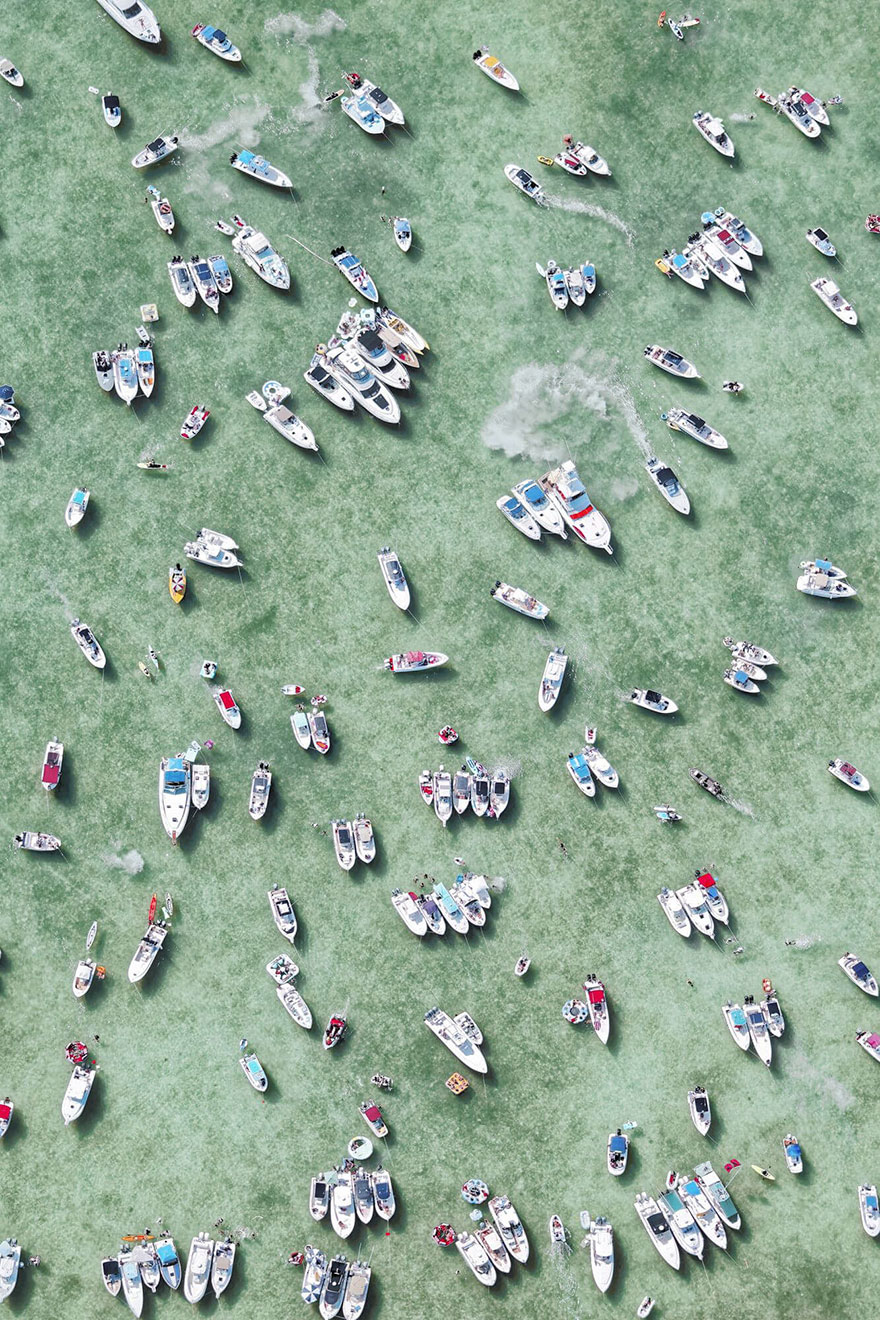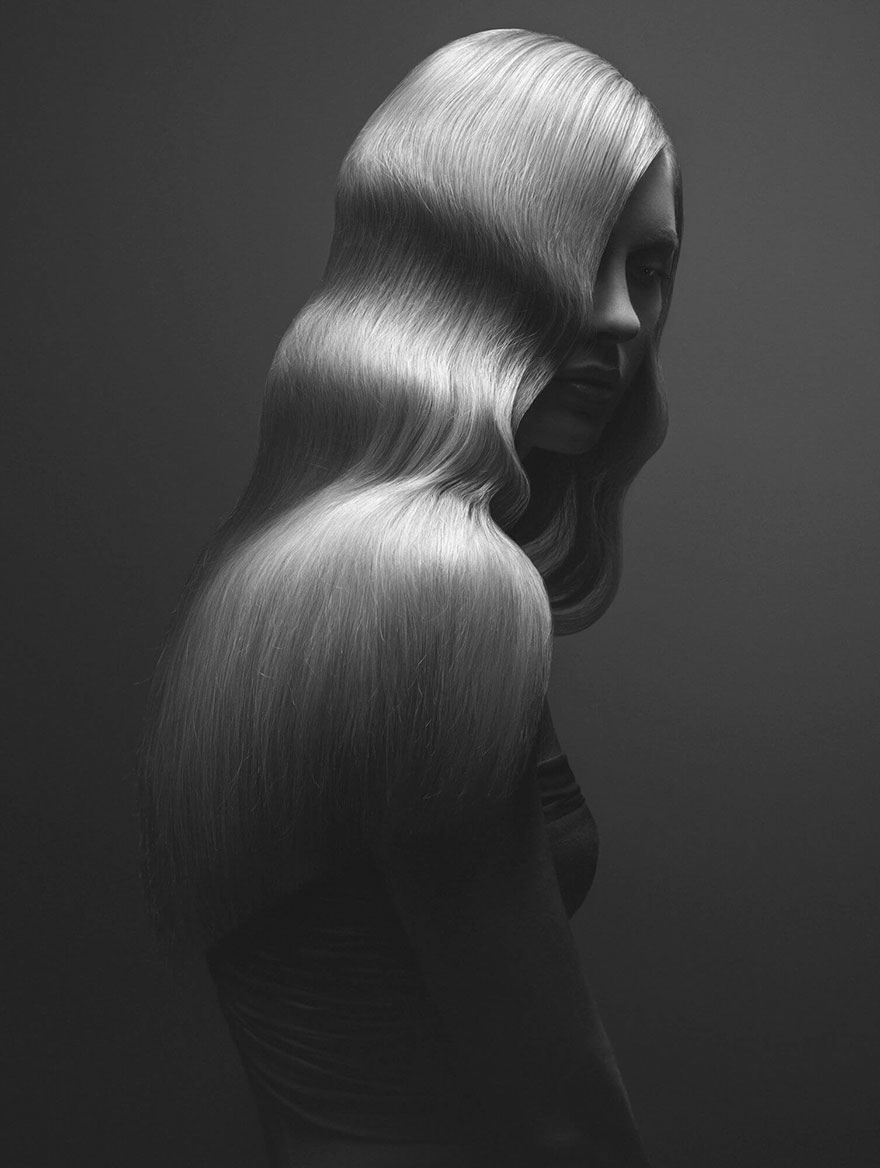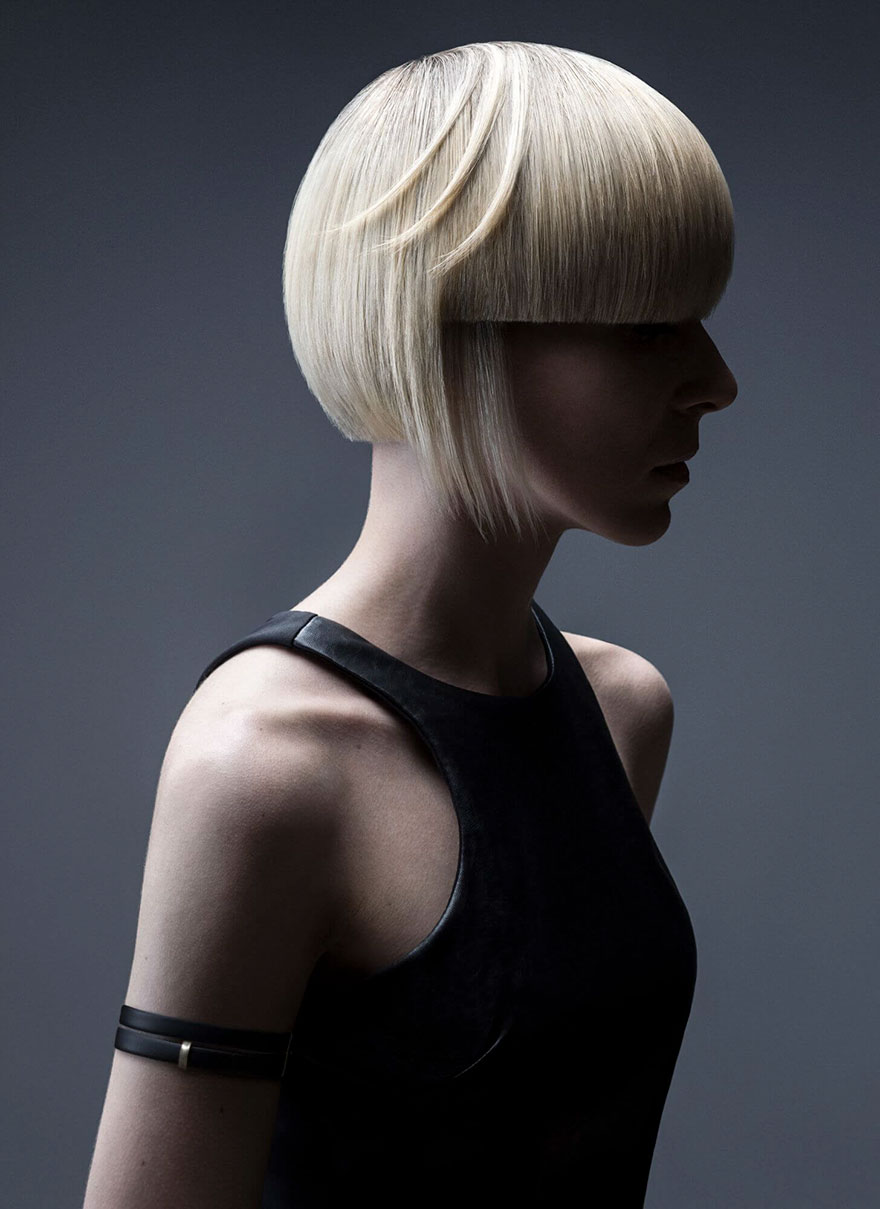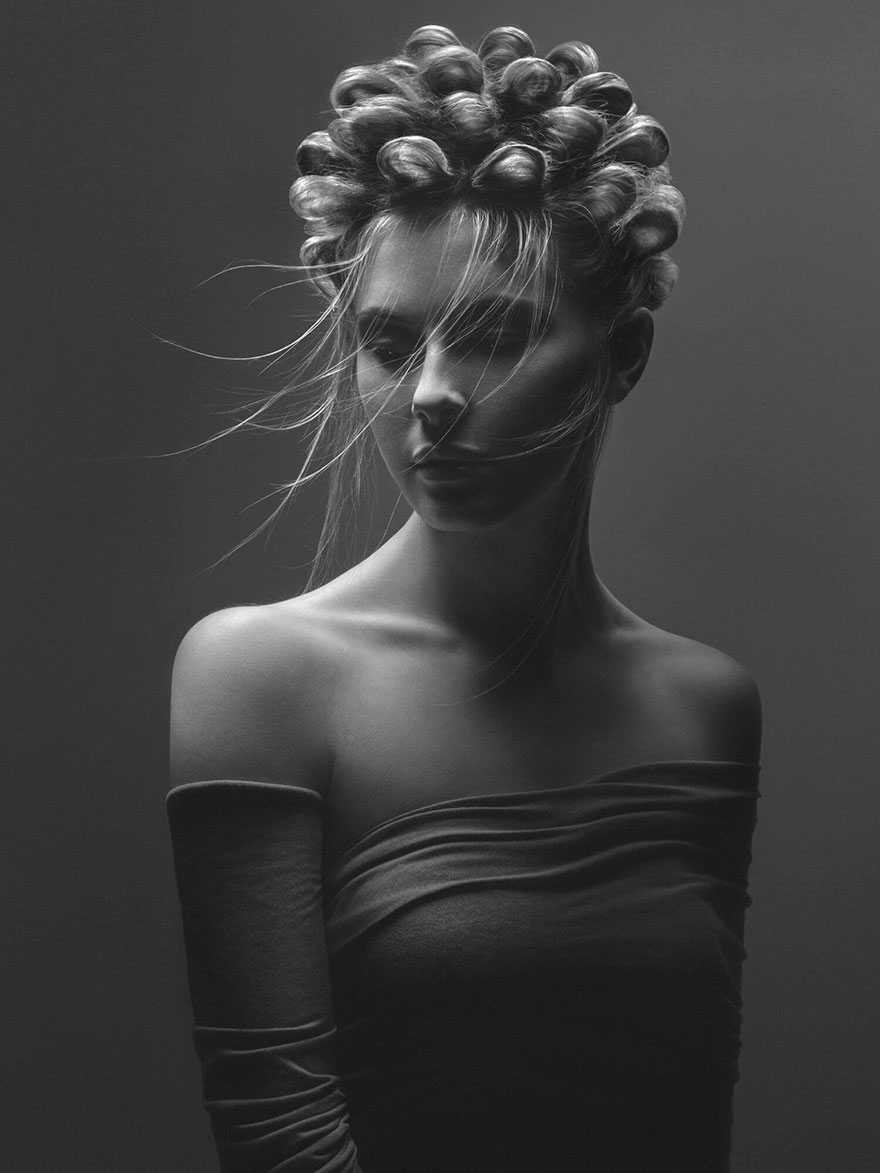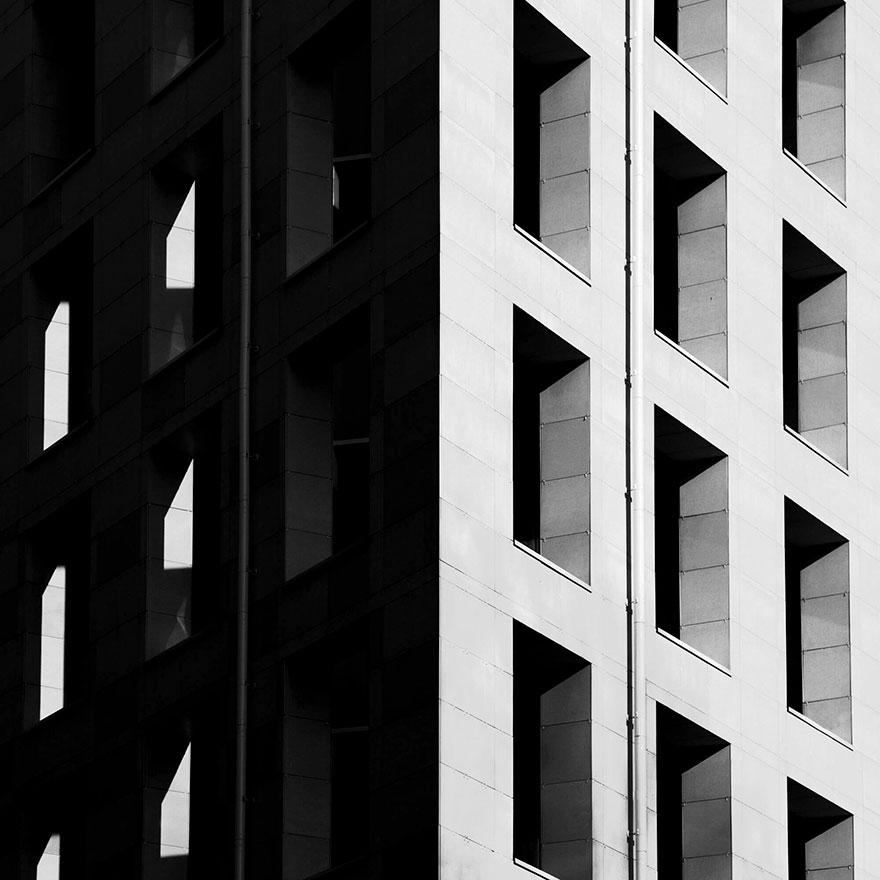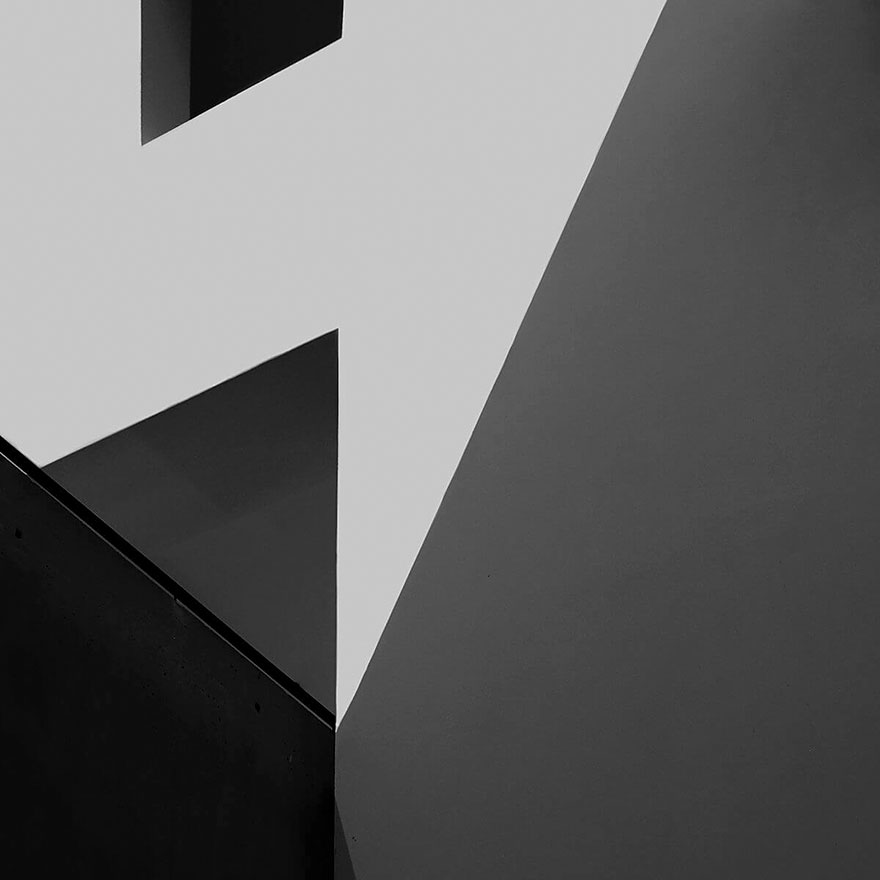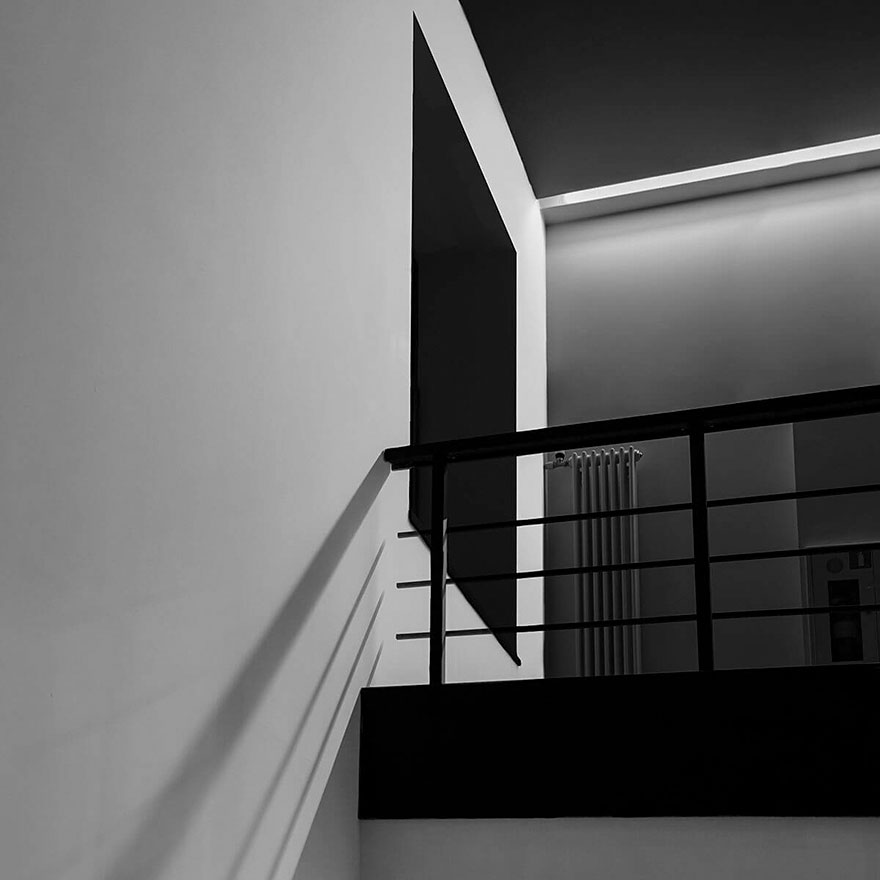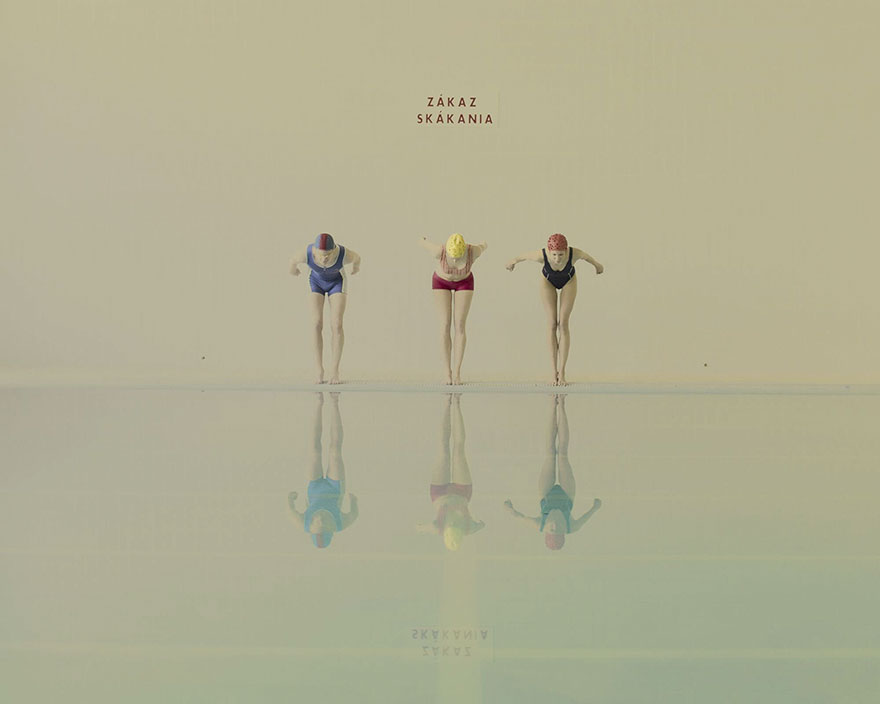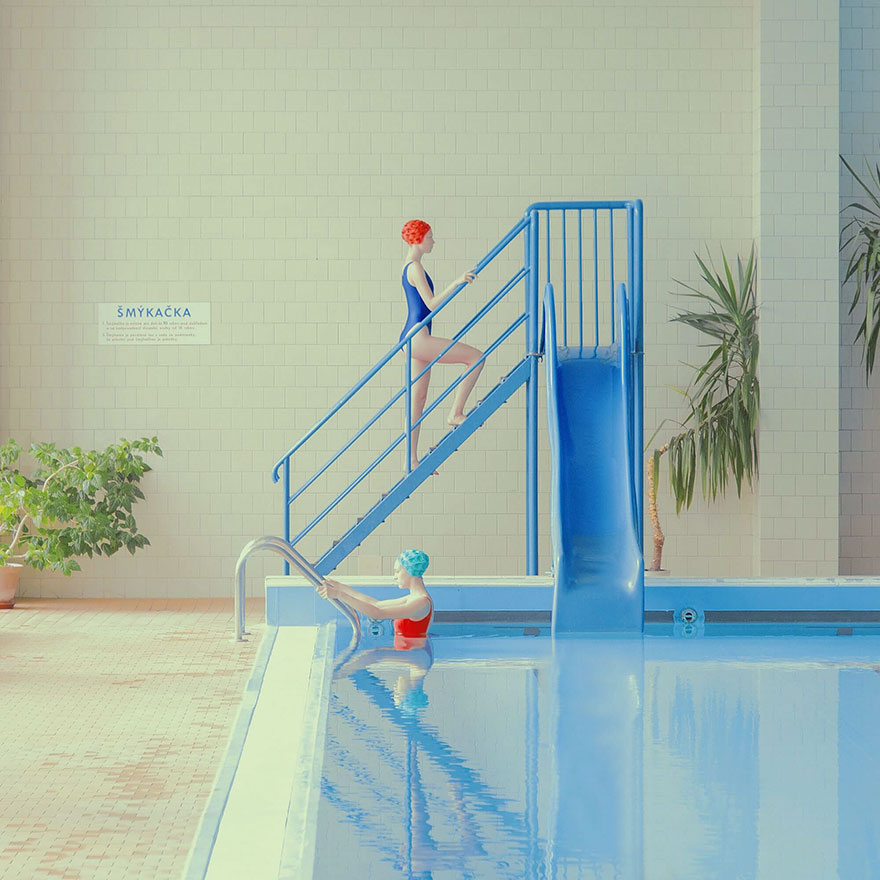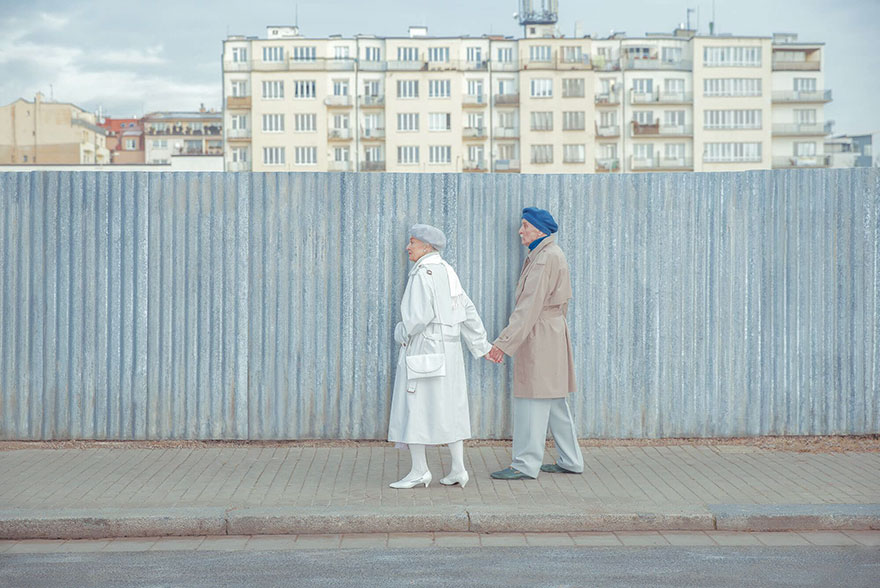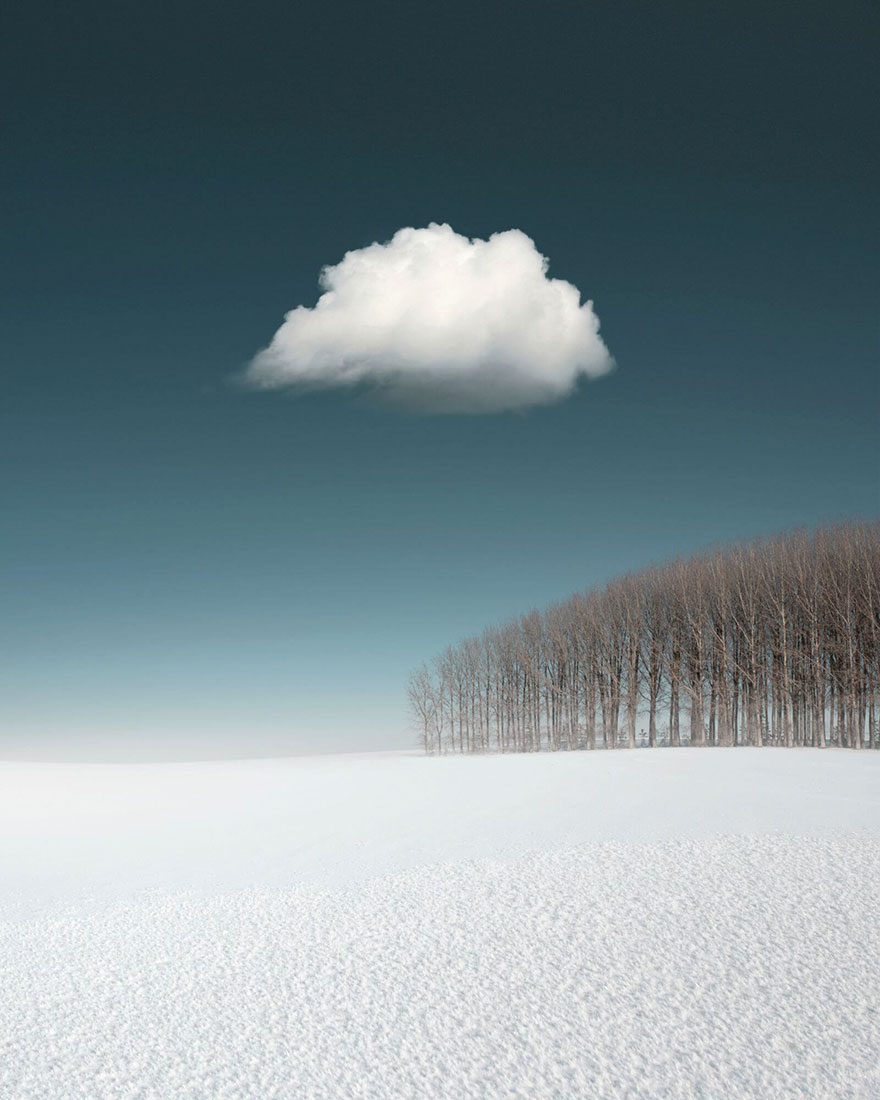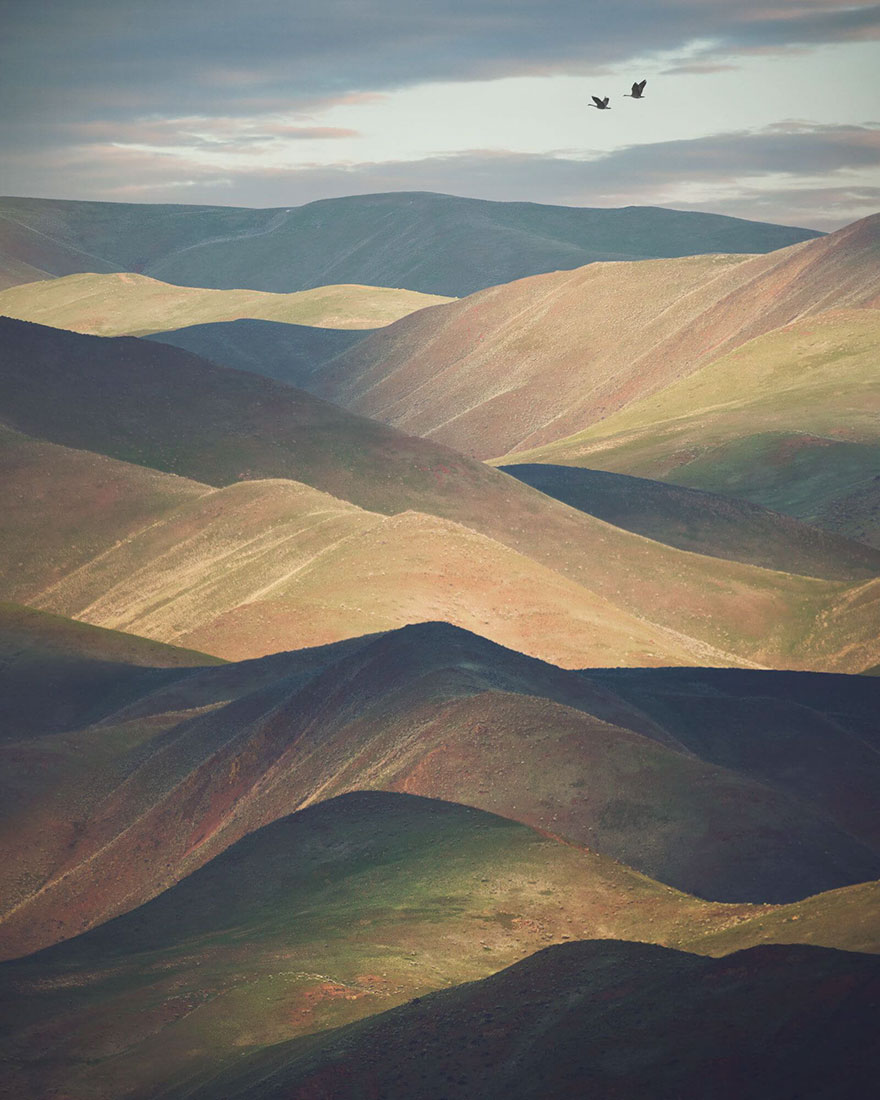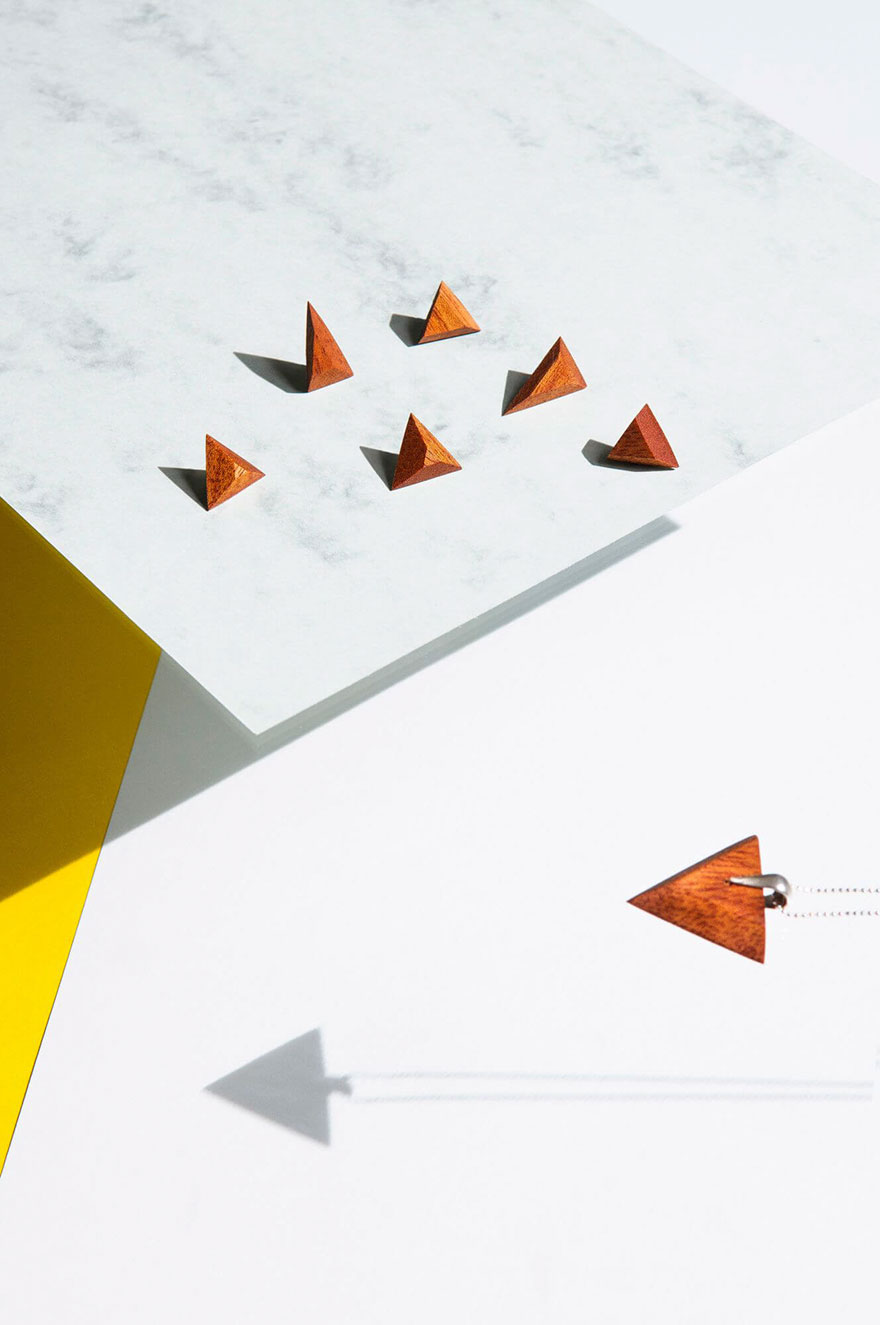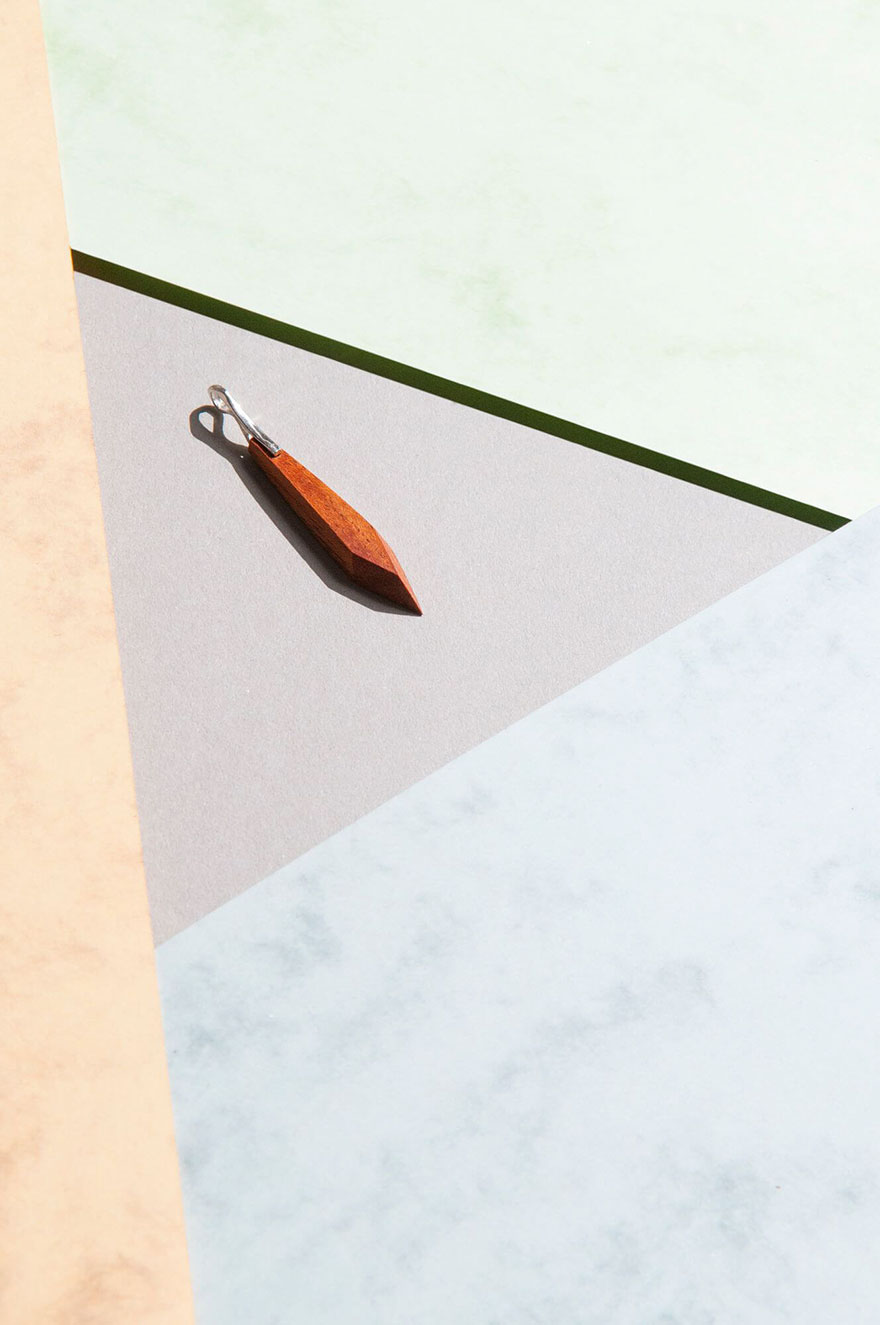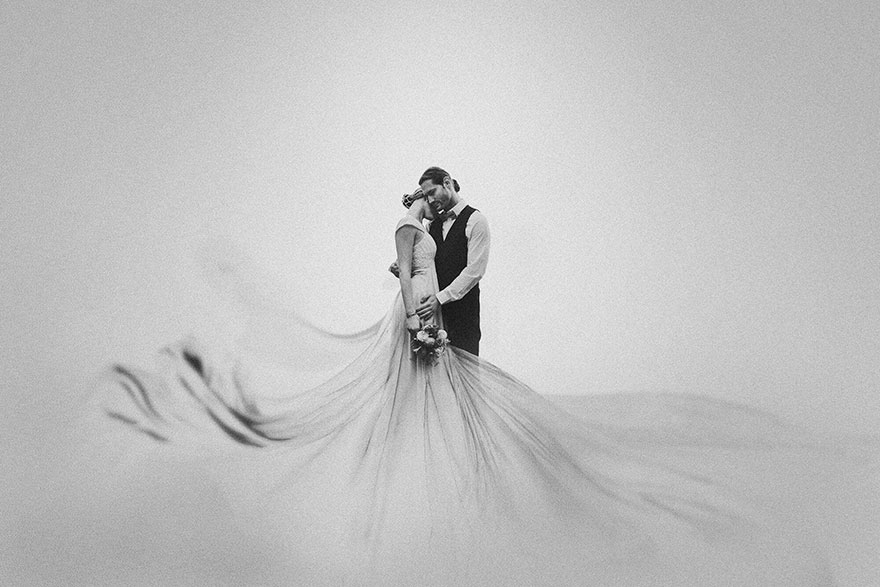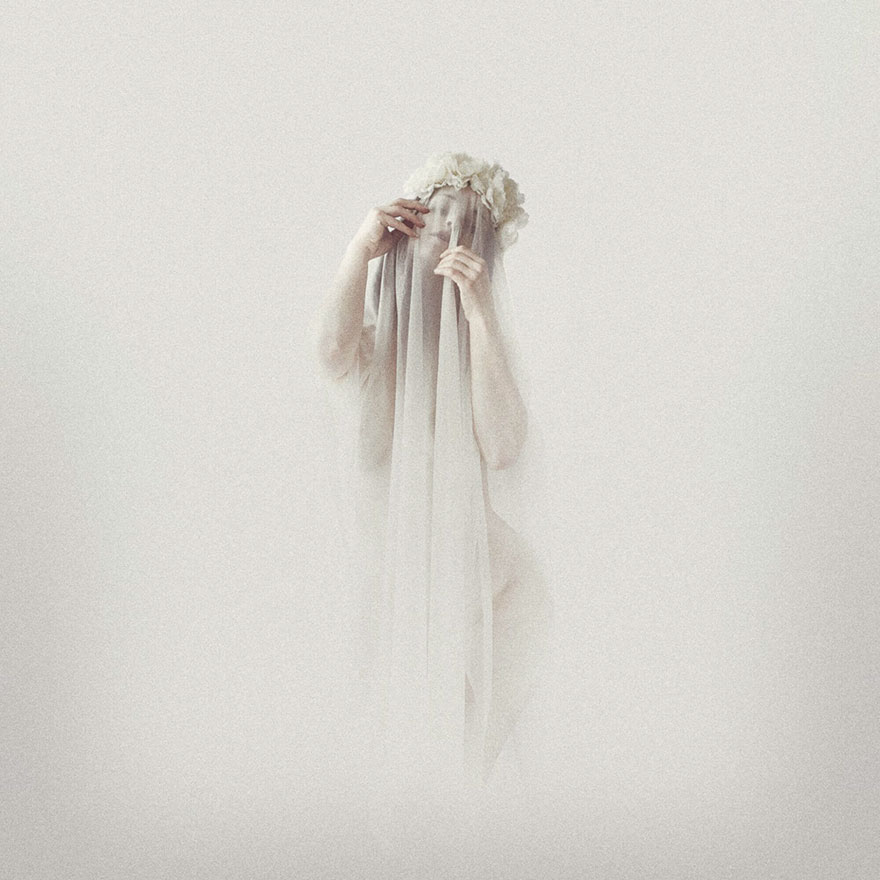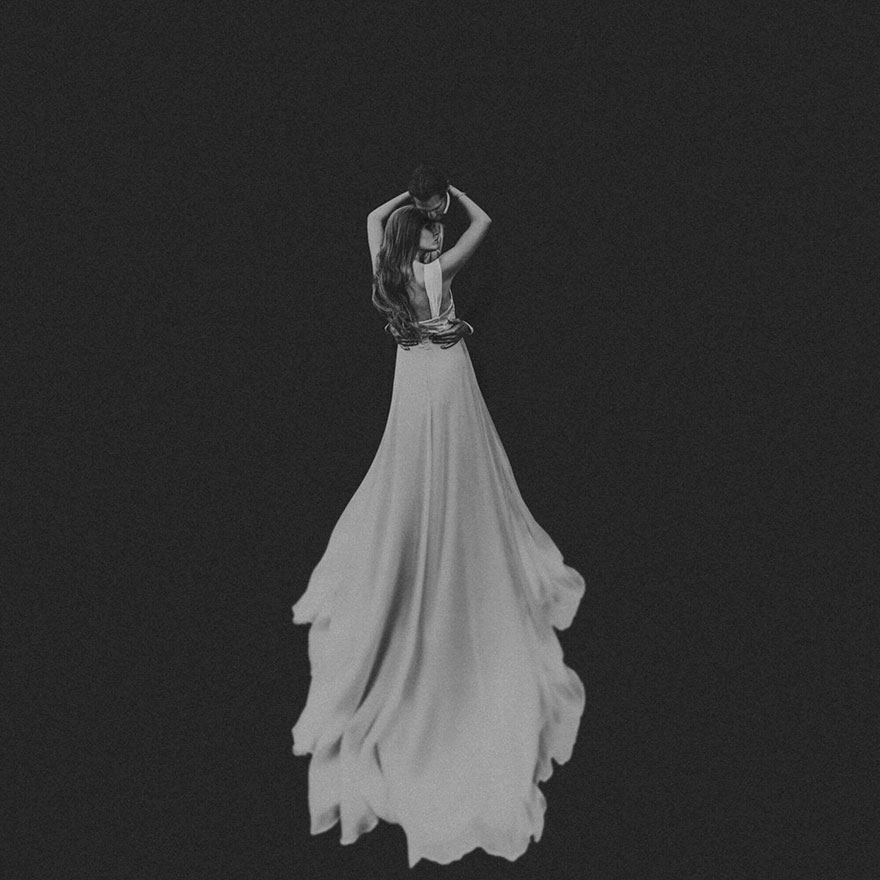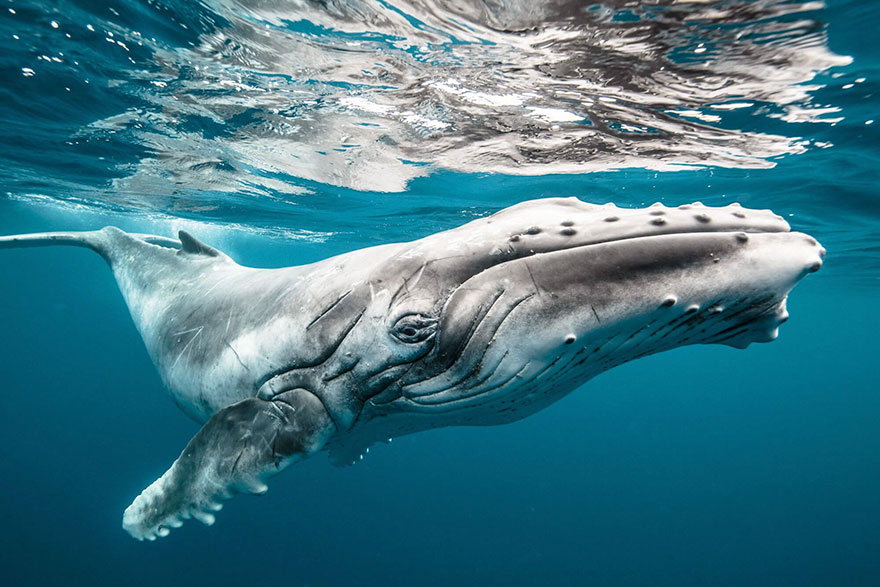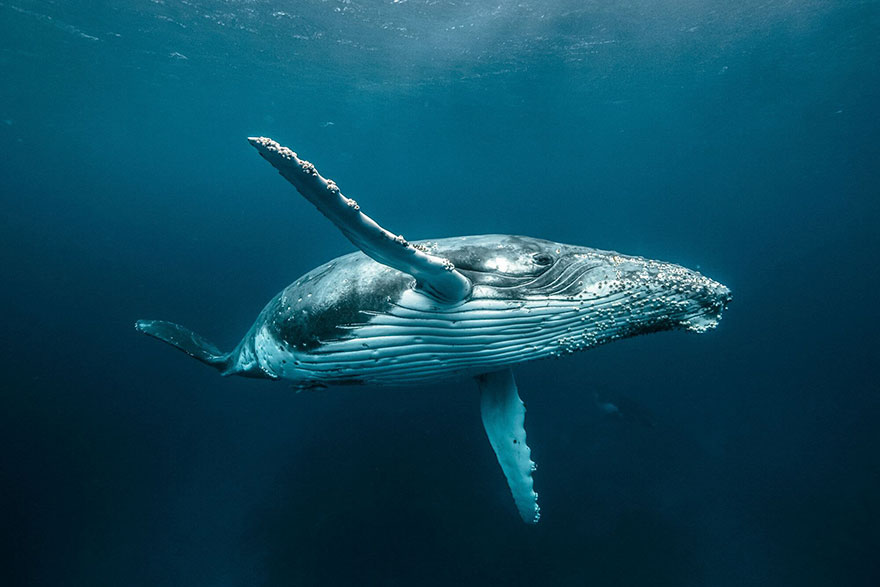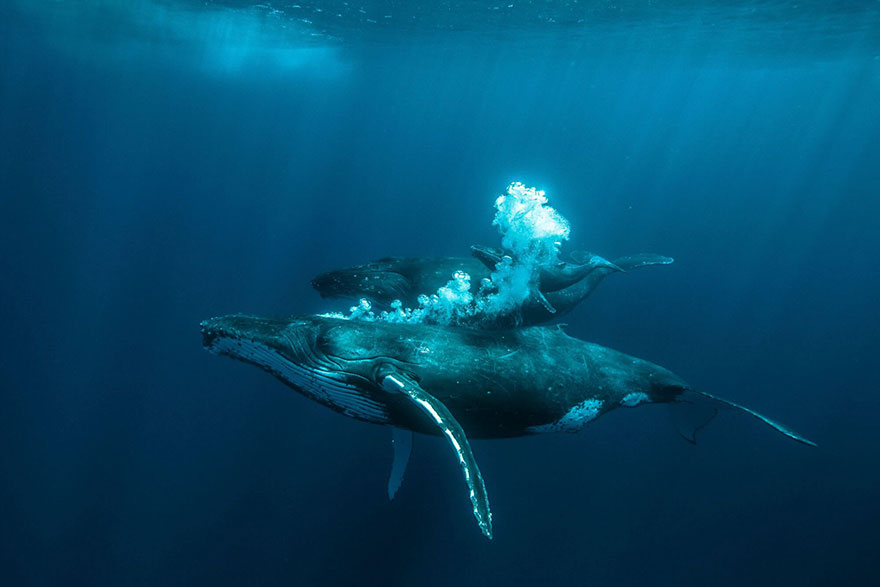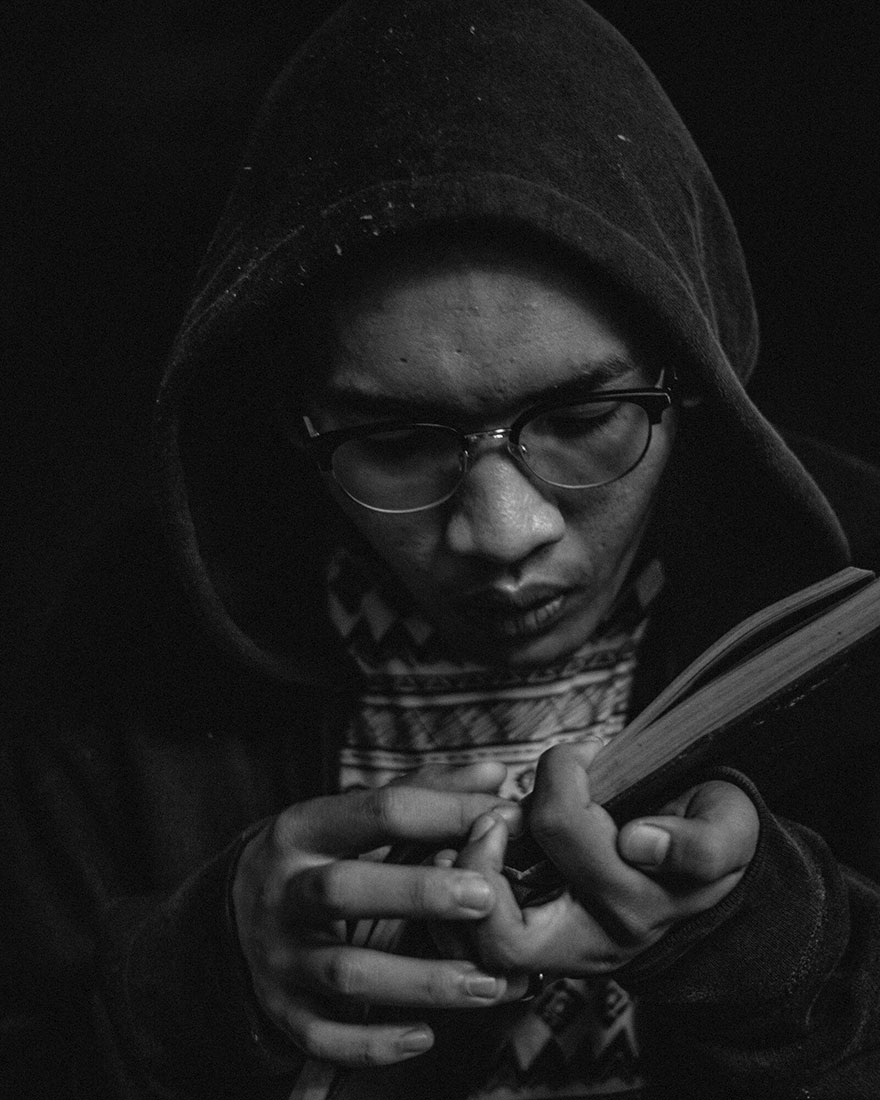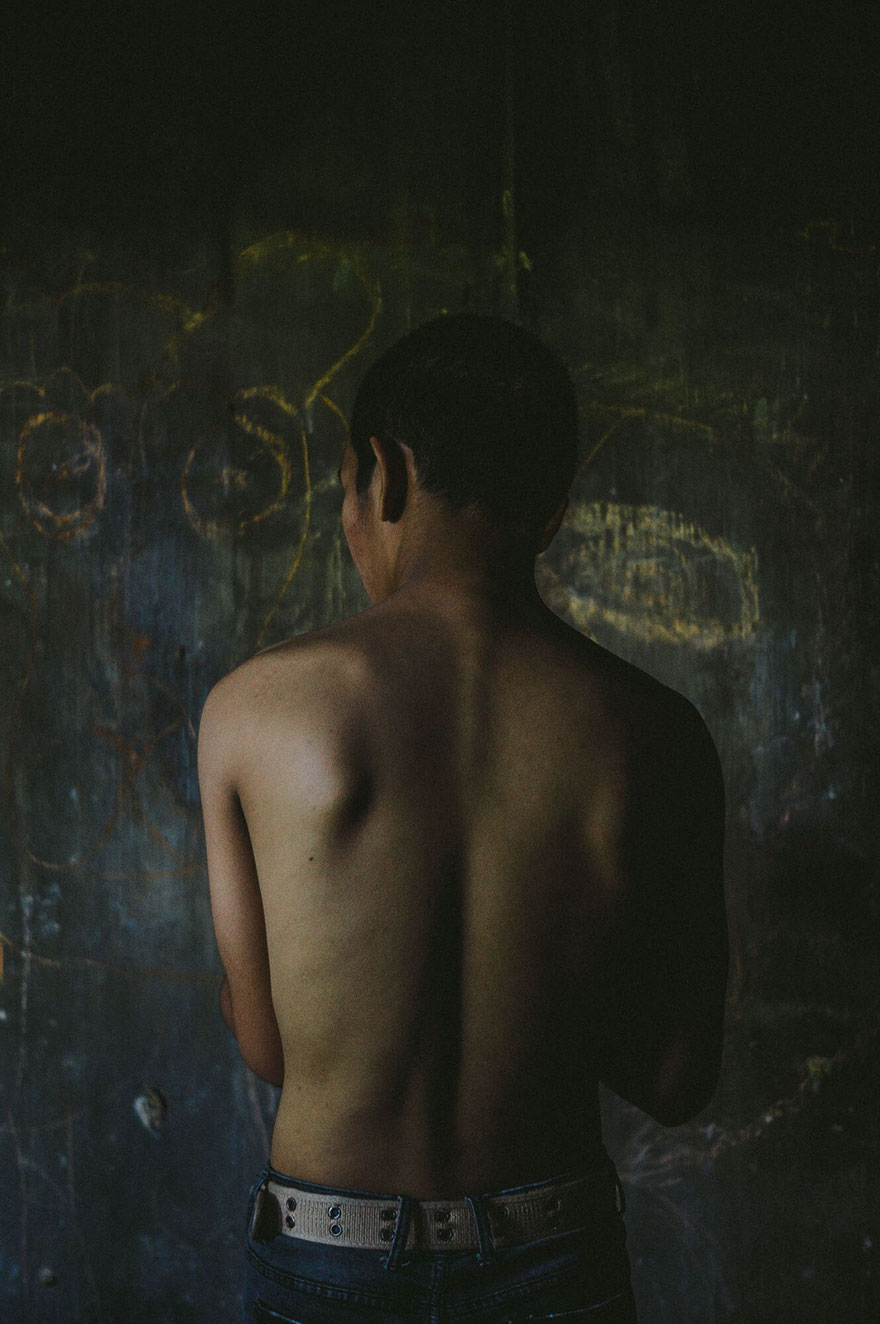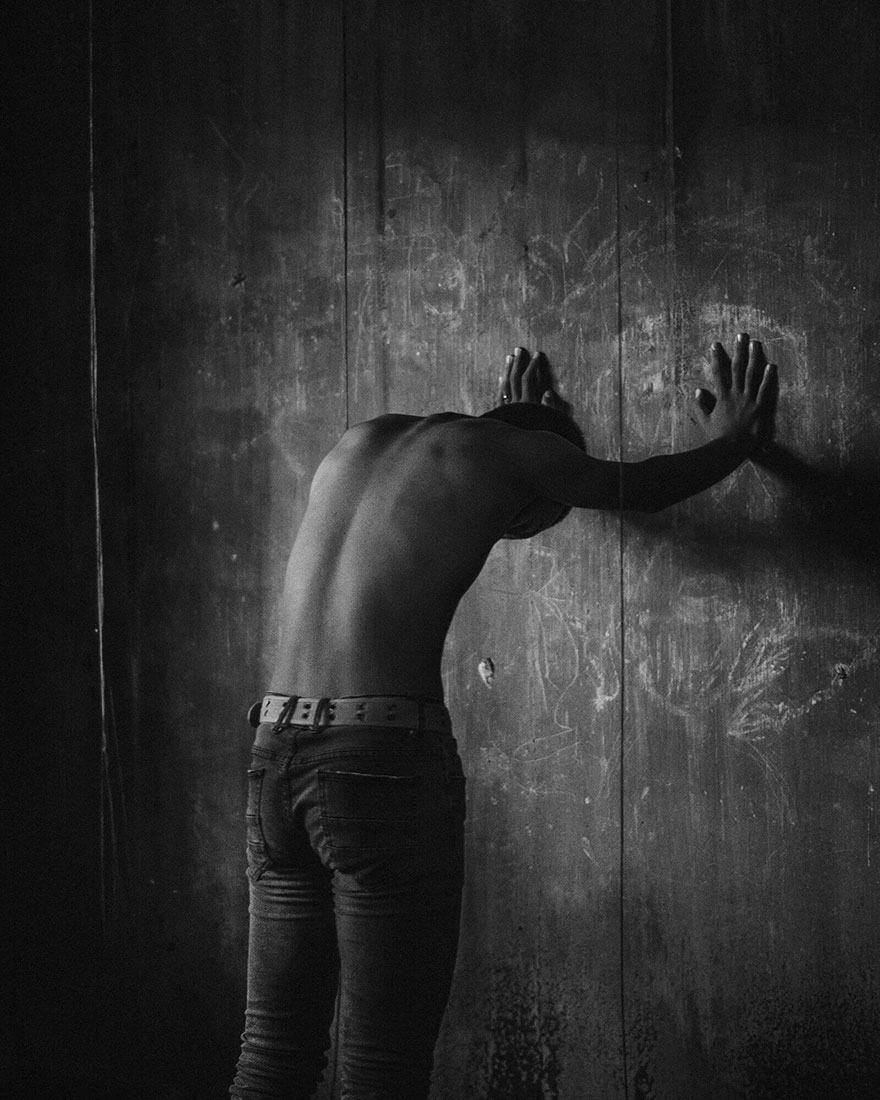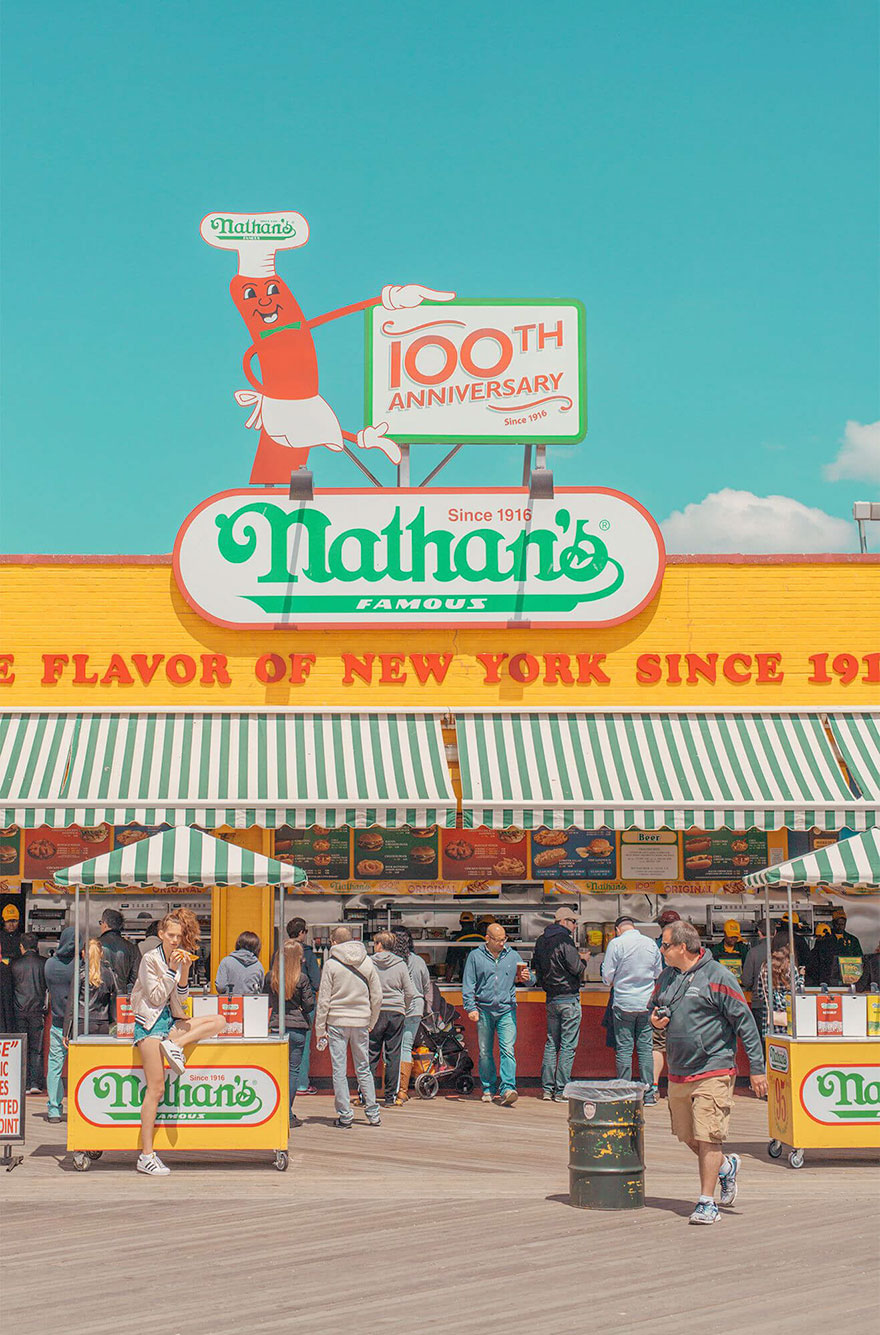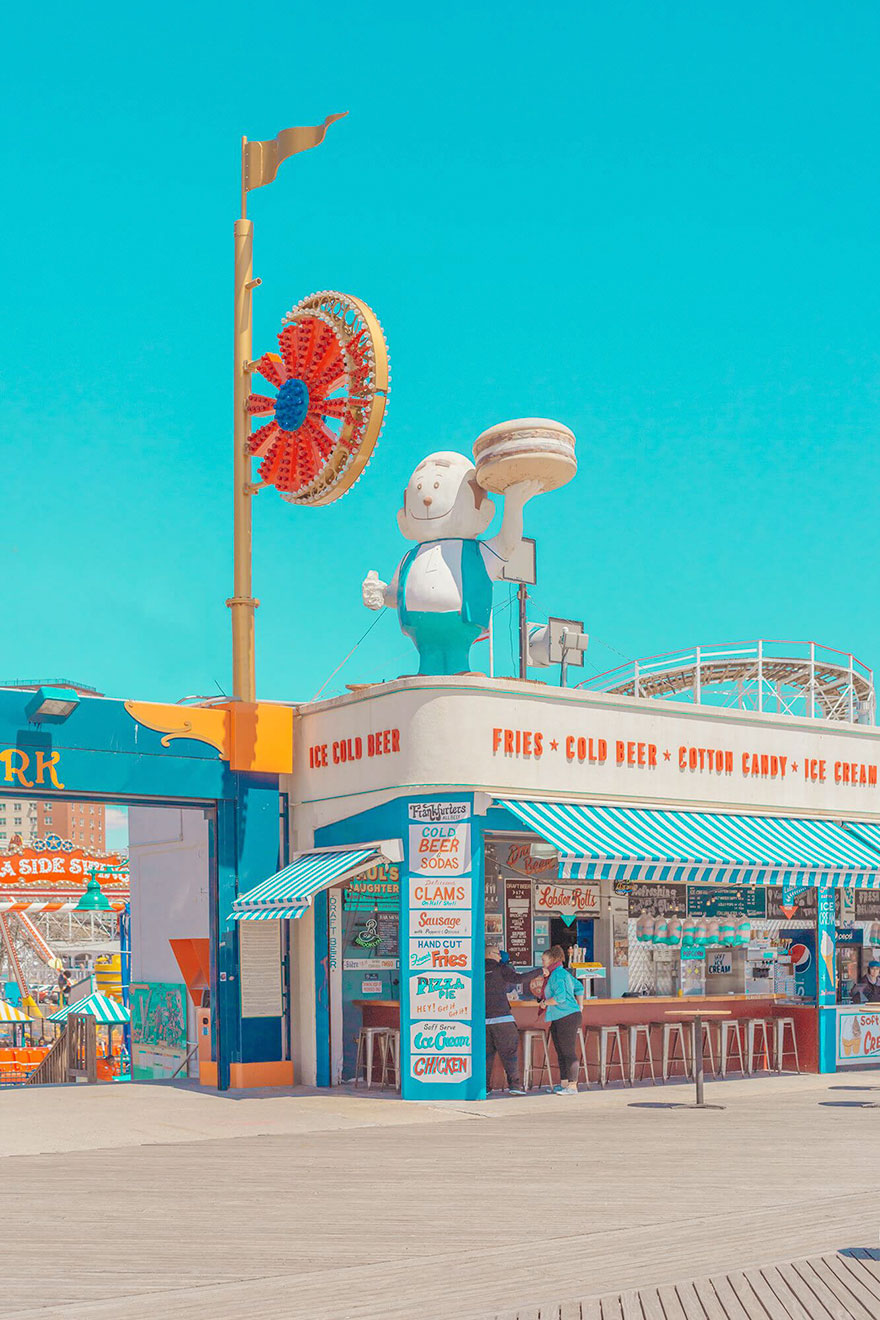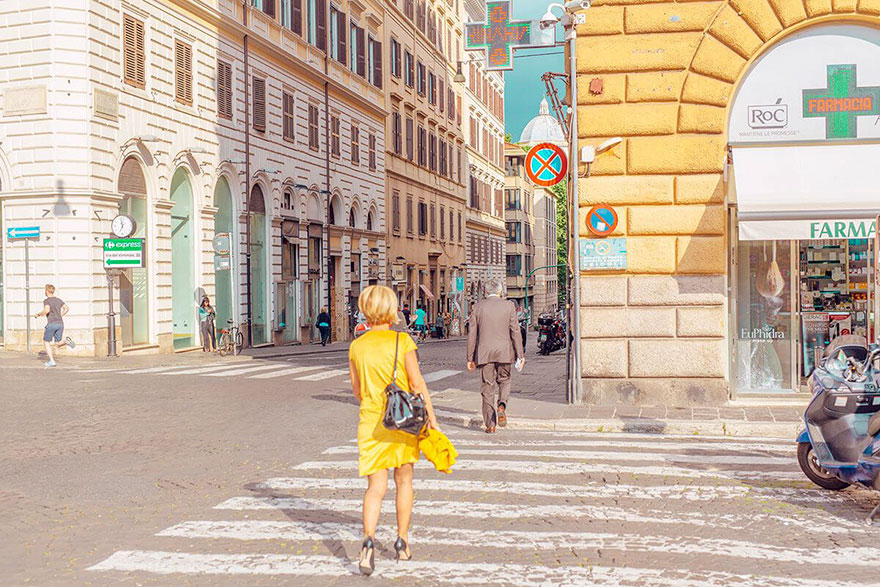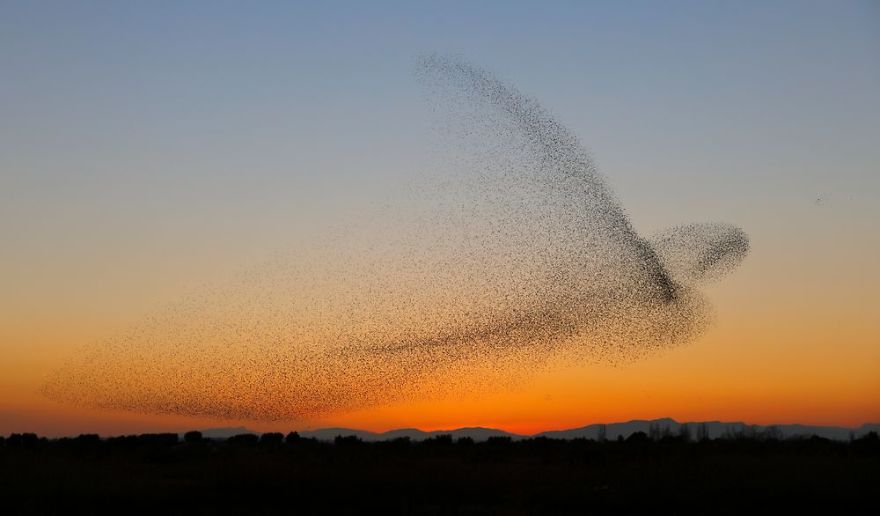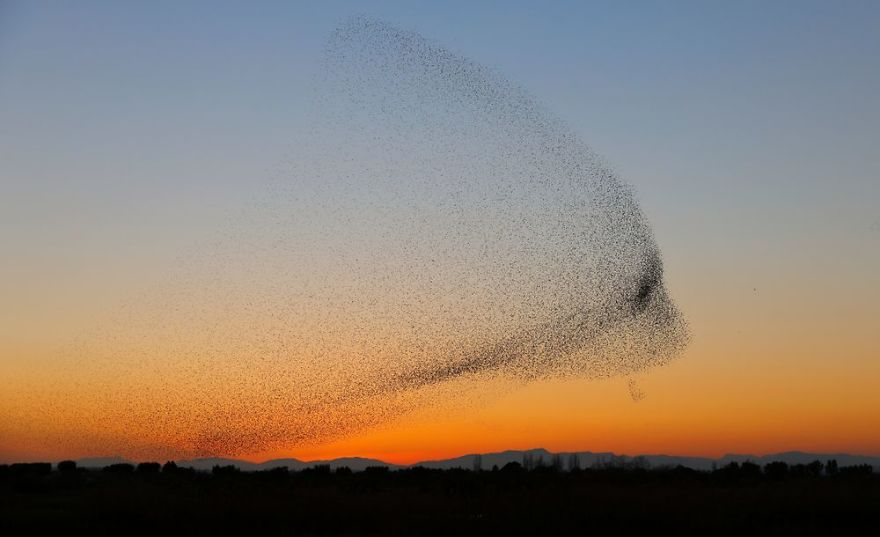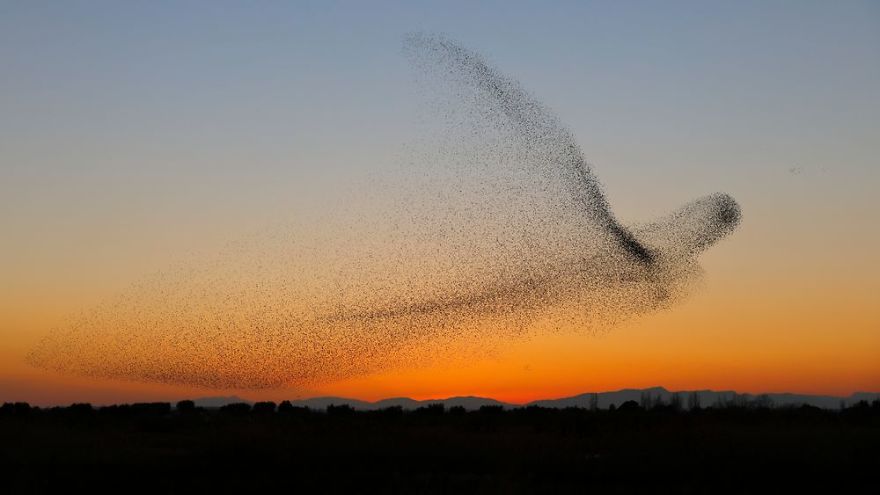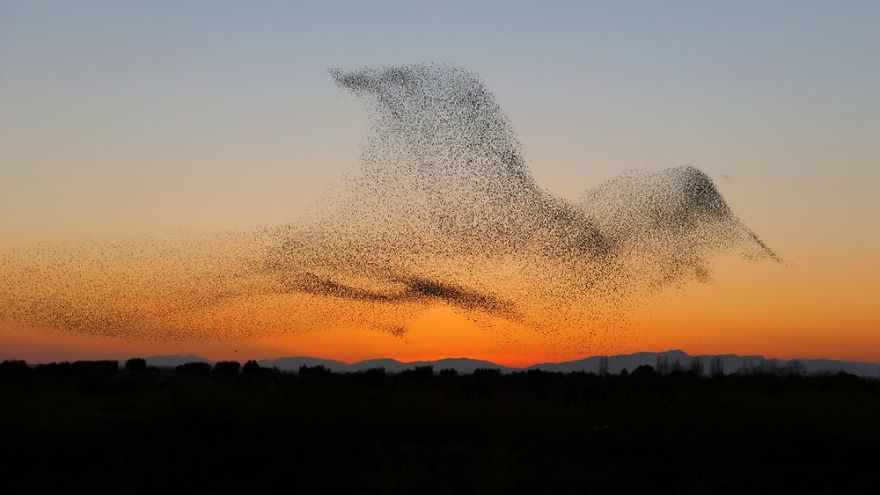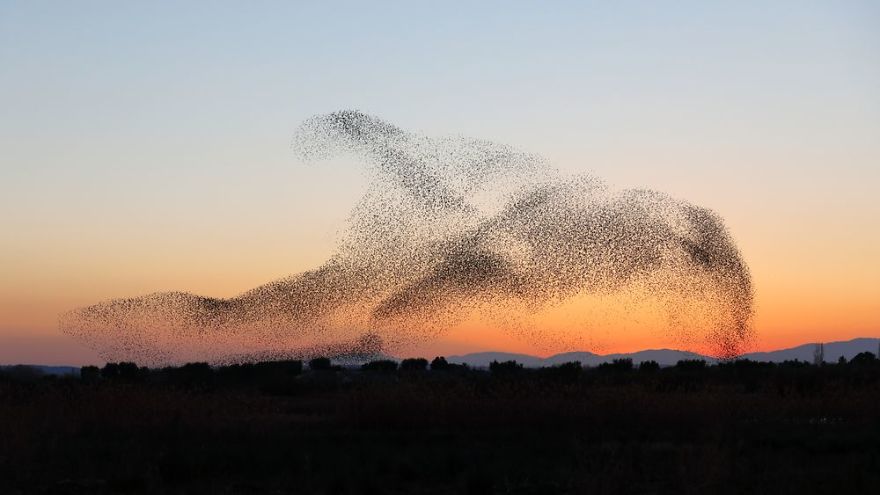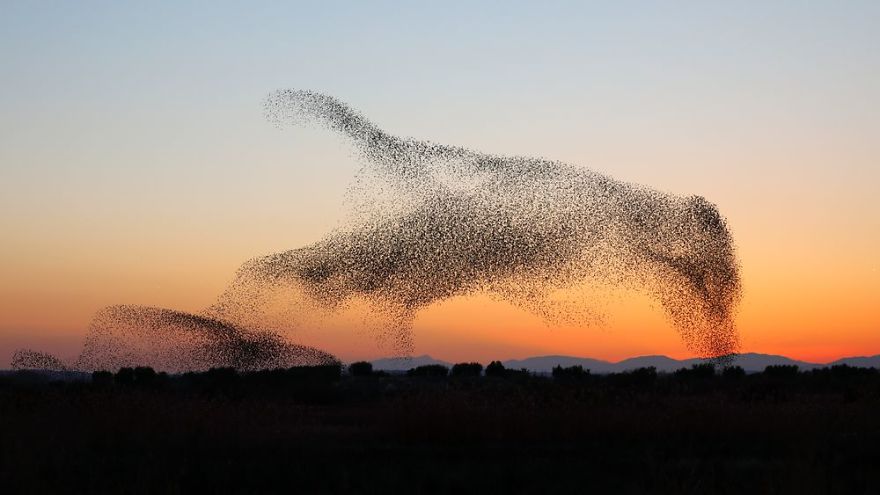Published by
f-stop
If there is one truism in the world of camera equipment and
accessories, it’s that photographers have choices. Once you finally
dial-in your camera and lens setup, you still have to figure out how to
transport all the equipment safely and comfortably, in a way that lets
you access it when you’re ready to capture the shot.
There are so many camera bags on the market that doing an exhaustive
comparison of every use-case and every solution out there is nearly
impossible—that’s where
f-stop
comes in. The gear company makes adventure backpacks that combine
outdoor-worthy technical innovation with modular camera carrying
systems. What’s a modular carrying system, you say?
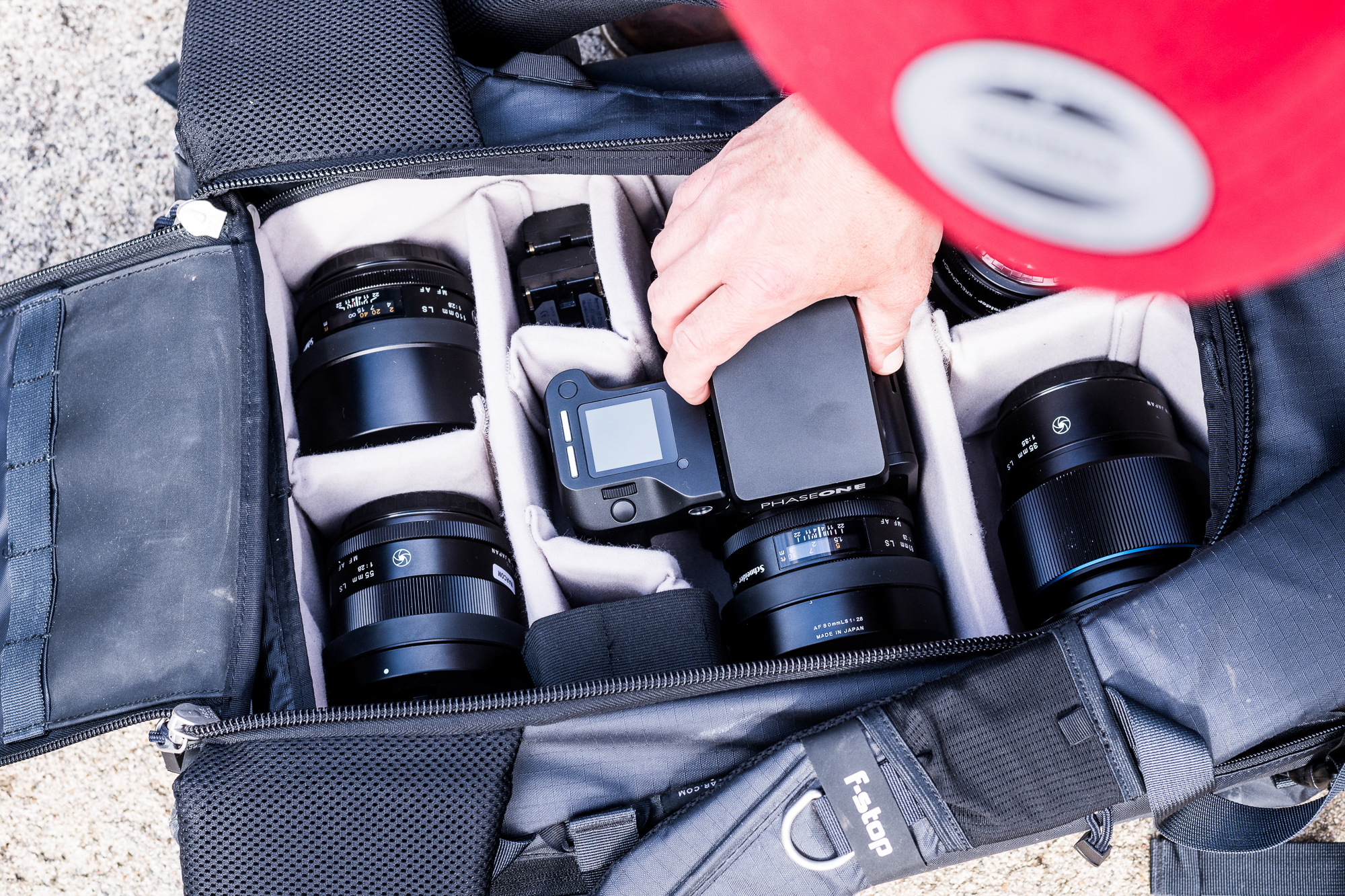 Credit: Robert Garo Photography
Credit: Robert Garo Photography
Most camera bags have fixed, padded compartments sewn in. You find a
place to fit your camera body, a few lenses, and some accessories in the
compartments. Sometimes it fits, sometimes it doesn’t. Instead,
f-stop
builds systems from the ground up, with a system they call ICUs
(Internal Camera Units) that are sized and shaped to fit different
camera setups. Each ICU can also fit into different size packs, so you
can really customize your system based on what kind of adventure gear
and camera gear you need.
Still confused? You should be. With so many possible combinations of
packs, ICUs, and accessories, it’s not easy to figure out where to
start. So we talked with some of
f-stop’s ambassadors, the folks who test all the packs, to see which ones they use and why. Renowned photographers
Krystle Wright and
Lorenz Holder share some of their insights and gear selections to help you understand why modular systems reign supreme.
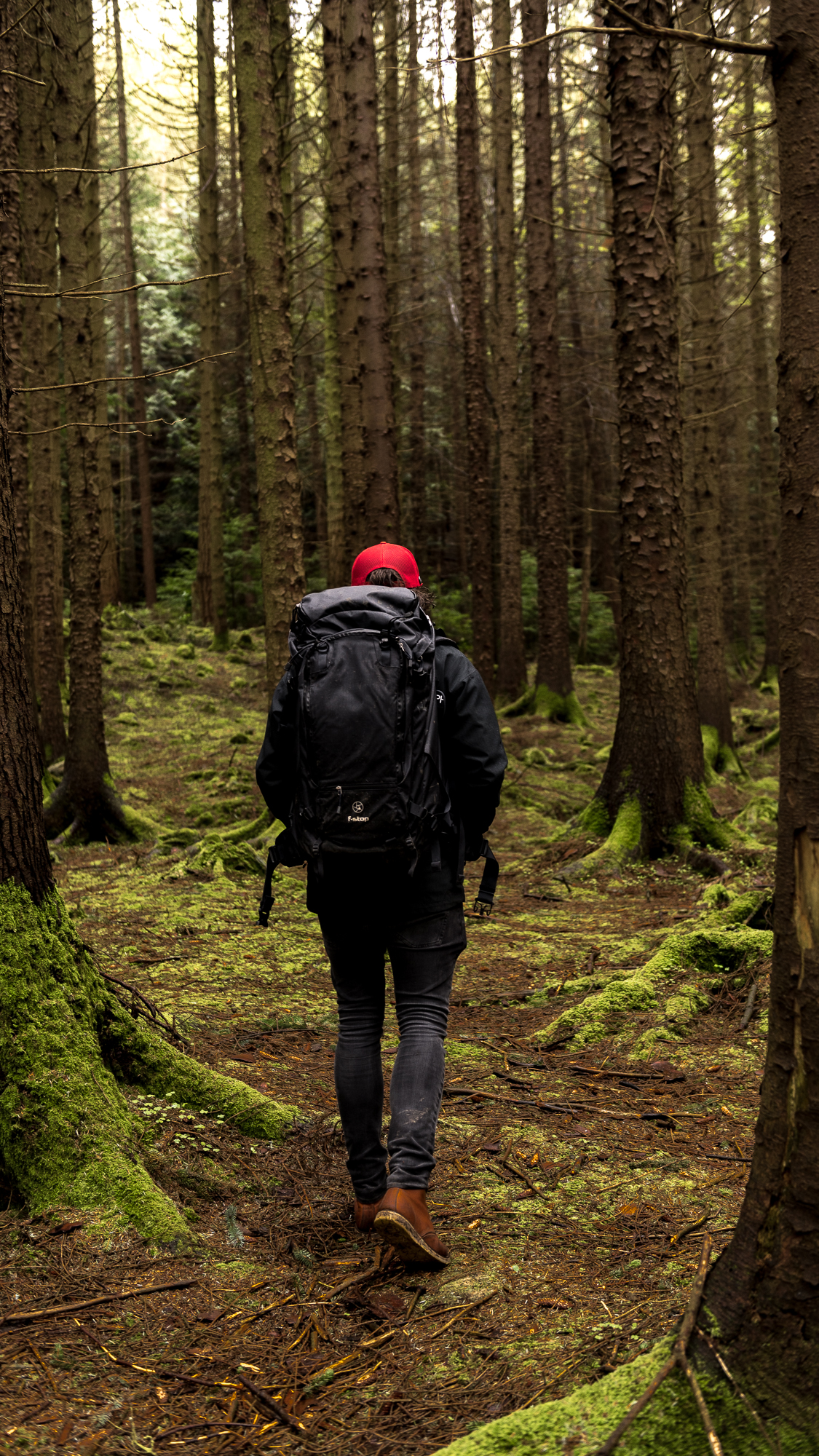 Credit: Robert Garo Photography
Credit: Robert Garo Photography
Lorenz said he prefers modular systems to traditional camera packs
for their adaptability: “Every shoot is different for me, so I need to
be able to easily utilize different sizes of ICUs. I also use Pelican
hard cases sometimes and it’s great that the ICU can easily transfer
from my
f-stop pack to a Pelican case. The modular system makes it so simple to adapt to whatever the challenges of the shoot are.”
Of course, the primary benefit of all camera bags is durable protection. For years, Krystle has helped test and advise
f-stop on developing new components: “
f-stop
has created a system that is exceptionally functional and compliments
the way I want to work in the field. I’ve tested the bags in varying
elements and they continue to hold up strong and don’t falter.”
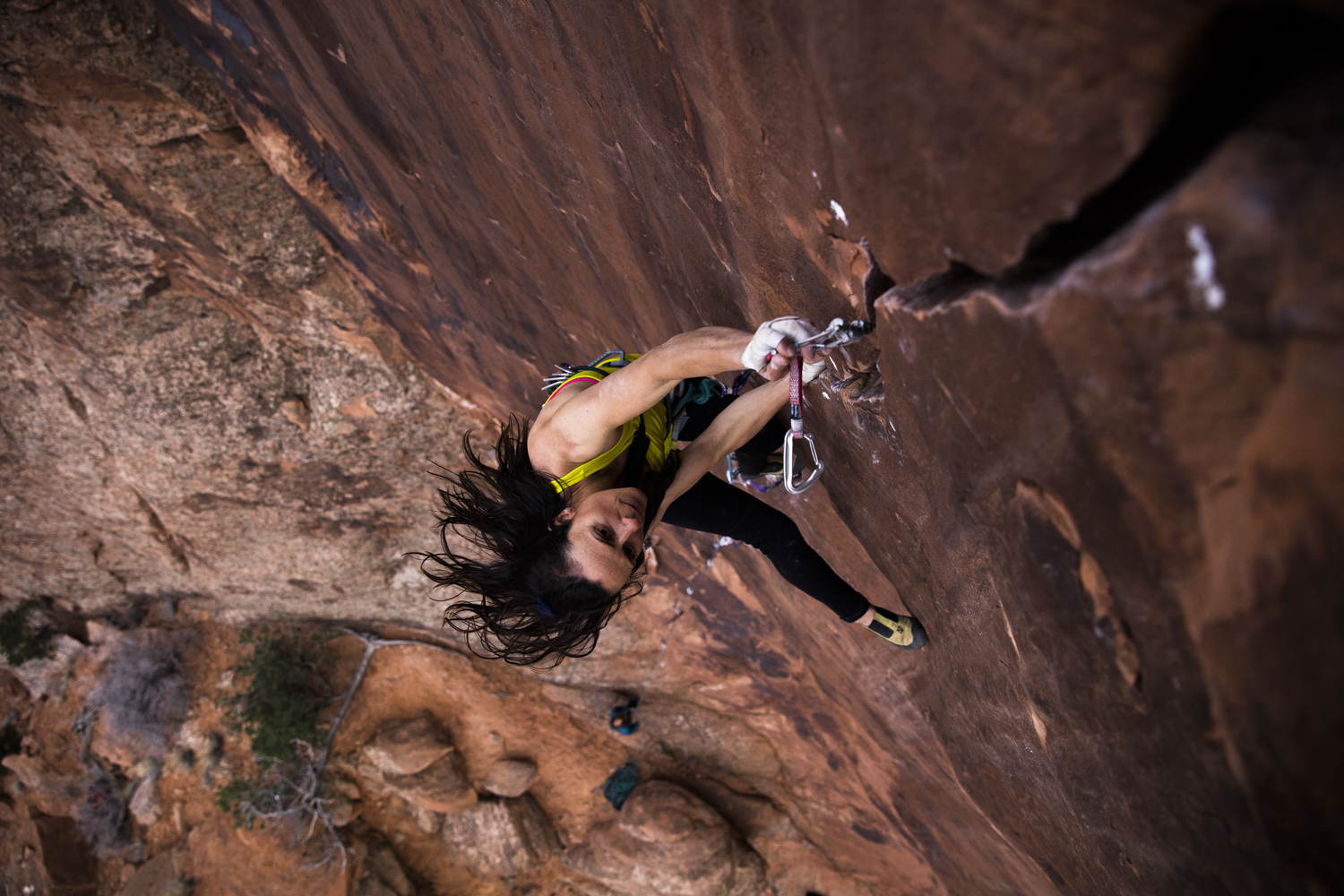
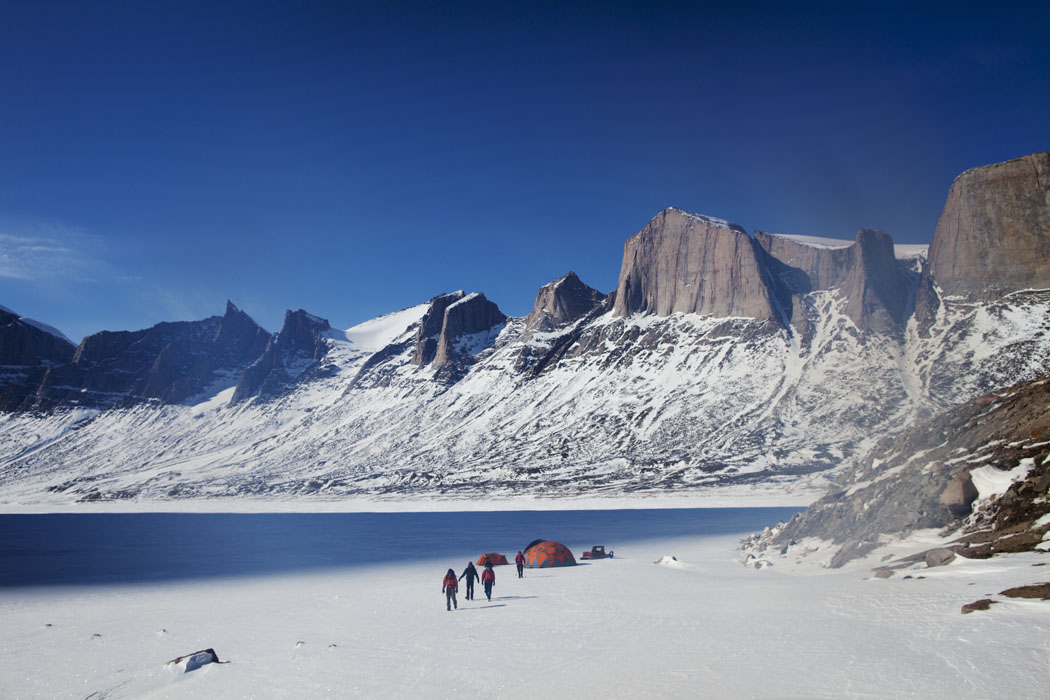 Credit: Krystle Wright
Credit: Krystle Wright
A modular system makes sense for professional adventure photographers
and people on-the-go, but we still need to select the appropriate
combination of pack, ICU, and accessories to suit our individual needs.
So which systems do the pros use? Again, it’s a personal choice for each
photographer.
Lorenz uses Phase One cameras, and his shoots often require carrying
lots of adventure gear as well as camera equipment. “My main camera pack
is the
Sukha
with the XL Pro ICU because the Phase One camera and lenses are much
larger than traditional DSLRs,” said Lorenz. “I use a Loka and Ajna to
carry my flash systems. It looks pretty funny trying to carry three
backpacks around, but sometimes that’s what the shoot needs!”
 Credit: Robert Garo Photography
Credit: Robert Garo Photography
Krystle’s approach is slightly different, focusing more on simplicity
and light weight: “My most-used backpack at the moment is my
Kashmir
bag, primarily because it’s the perfect size for airport carry-on
without drawing too much attention to me. I still love my Tilopa bag
because it’s a great size for shooting in the backcountry. But probably
the most-used bag in my collection is the Urban Series
Florentin
shoulder bag as it’s guaranteed to be on my travels, carrying my hard
drives and other travel essentials like my passport, wallet, bamboo
eating utensils, and more.”
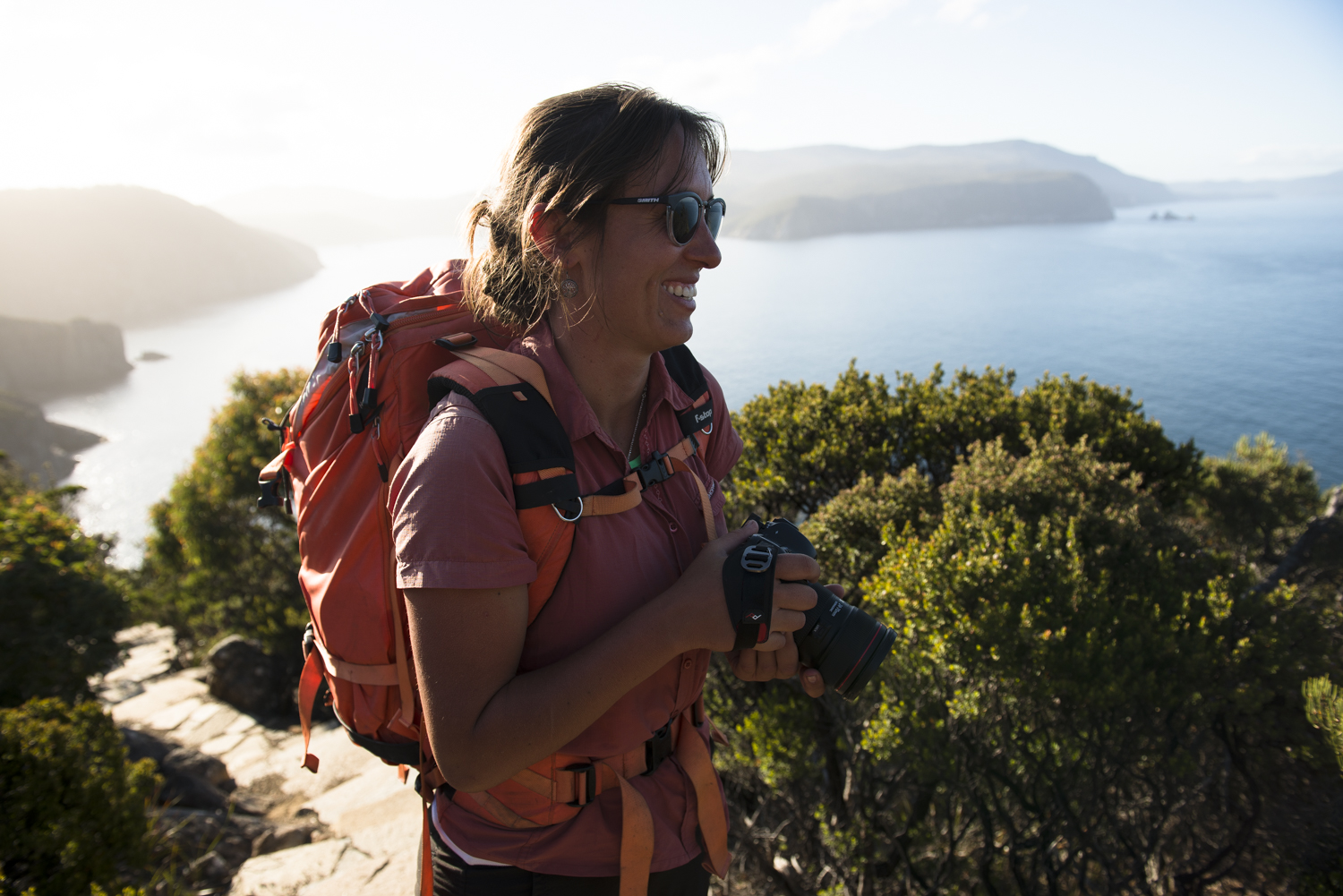
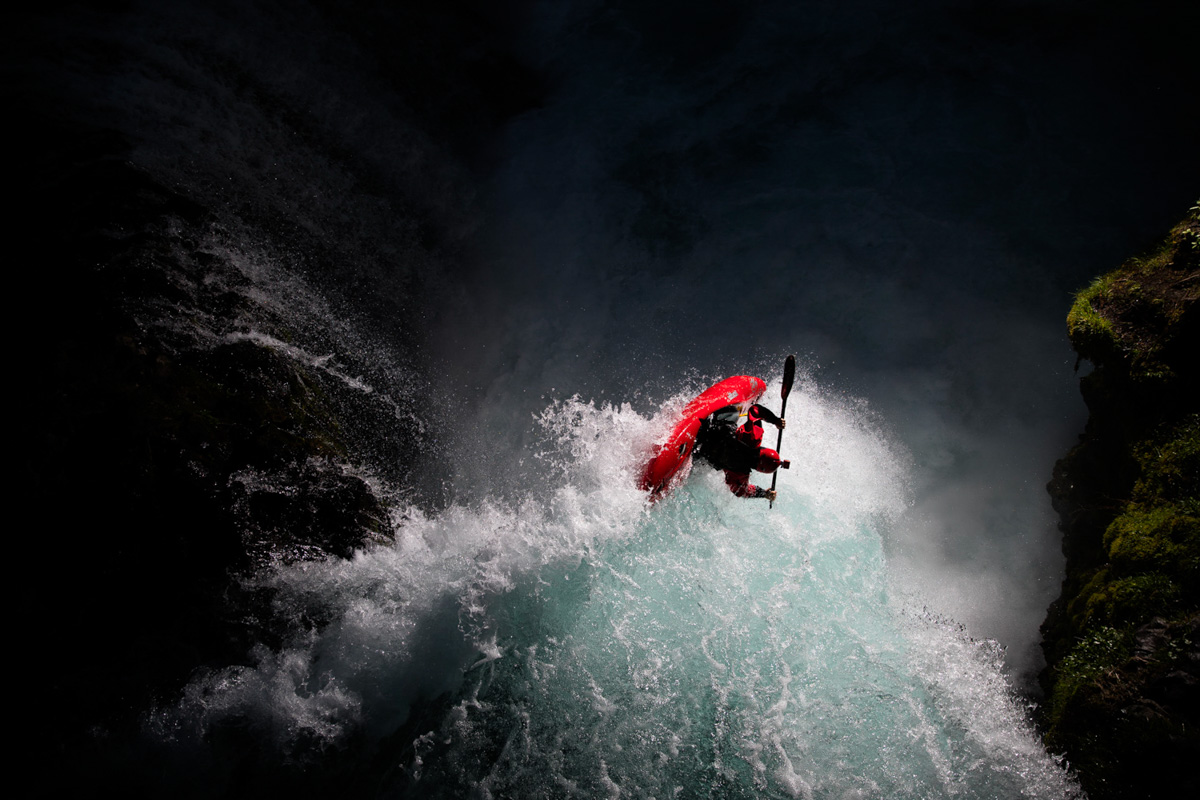 Credit: Krystle Wright
Credit: Krystle Wright
Both of these photographers have spent years refining the
combinations of gear that work best for them. While there are
differences in what every pro uses, there are common combinations within
kits.
f-stop
gives you a shortcut to pro setups, with three different levels of
Bundles. Each Bundle has a pack, at least one ICU, and essential
accessories. As you go up another level, you get more options. TOP
includes the top-selling ICUs and accessories, PRO includes ICUs and
accessories most used by
f-stop pros, and MASTER includes pretty much everything but the kitchen sink.
This approach also saves you a bit of dough. Think of it like buying a
car: there are tons of options for sound system, seating, navigation,
etc. If you buy them à la carte, you pay full price and it adds up. If
you buy one of the packages from your car dealer, you save a little
money and get a curated mix of options. Same goes with
f-stop Bundles.
You buy any of their packs with a Bundle, and you save around 10%
versus buying all the components separately—but even better than the
savings is knowing that your set-up has been built on the experience of
hundreds of pros using it every day. Done: a camera carry solution
that’s both complete and modular.
http://www.photography-jobs.net/?hop=darryl54
